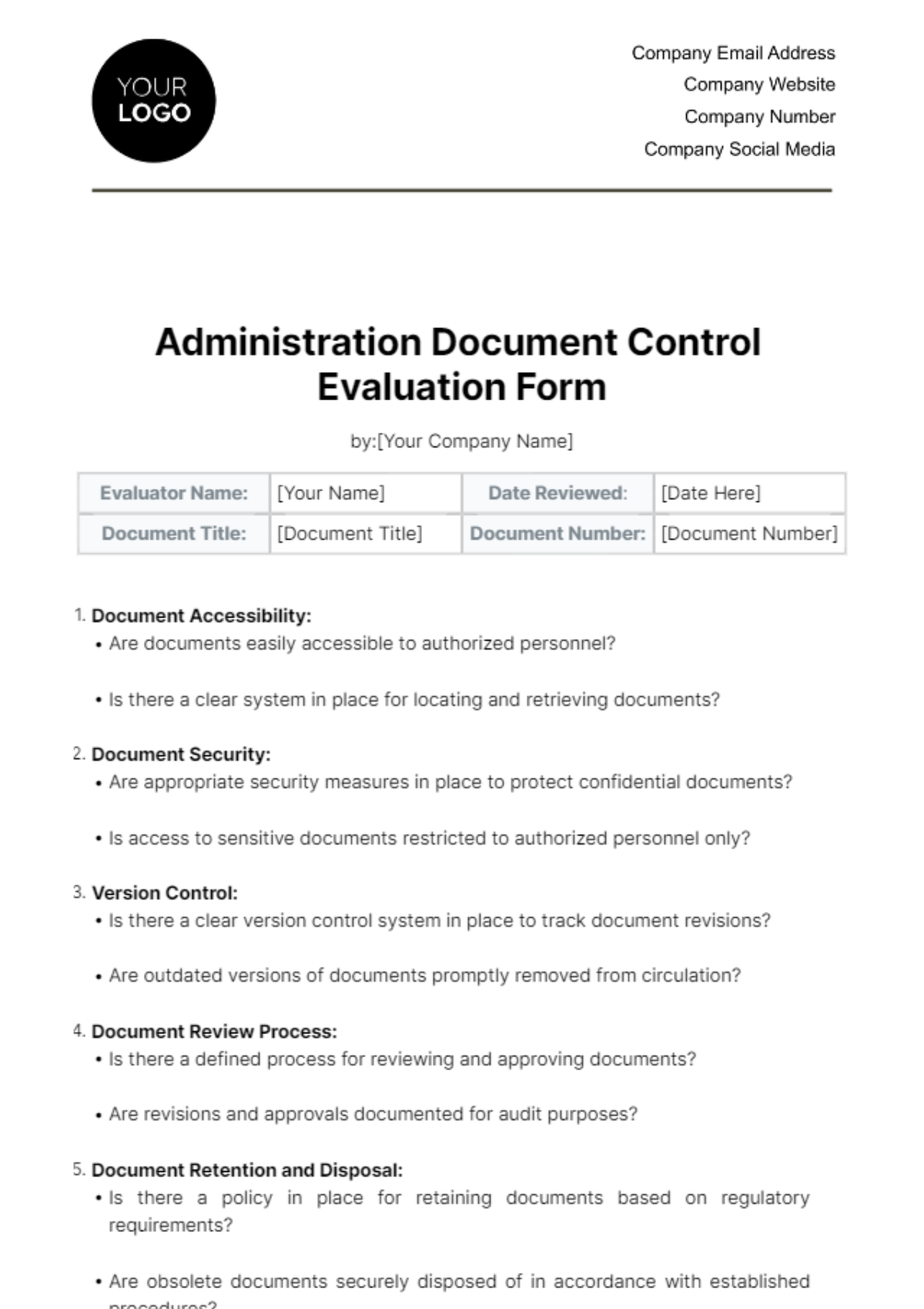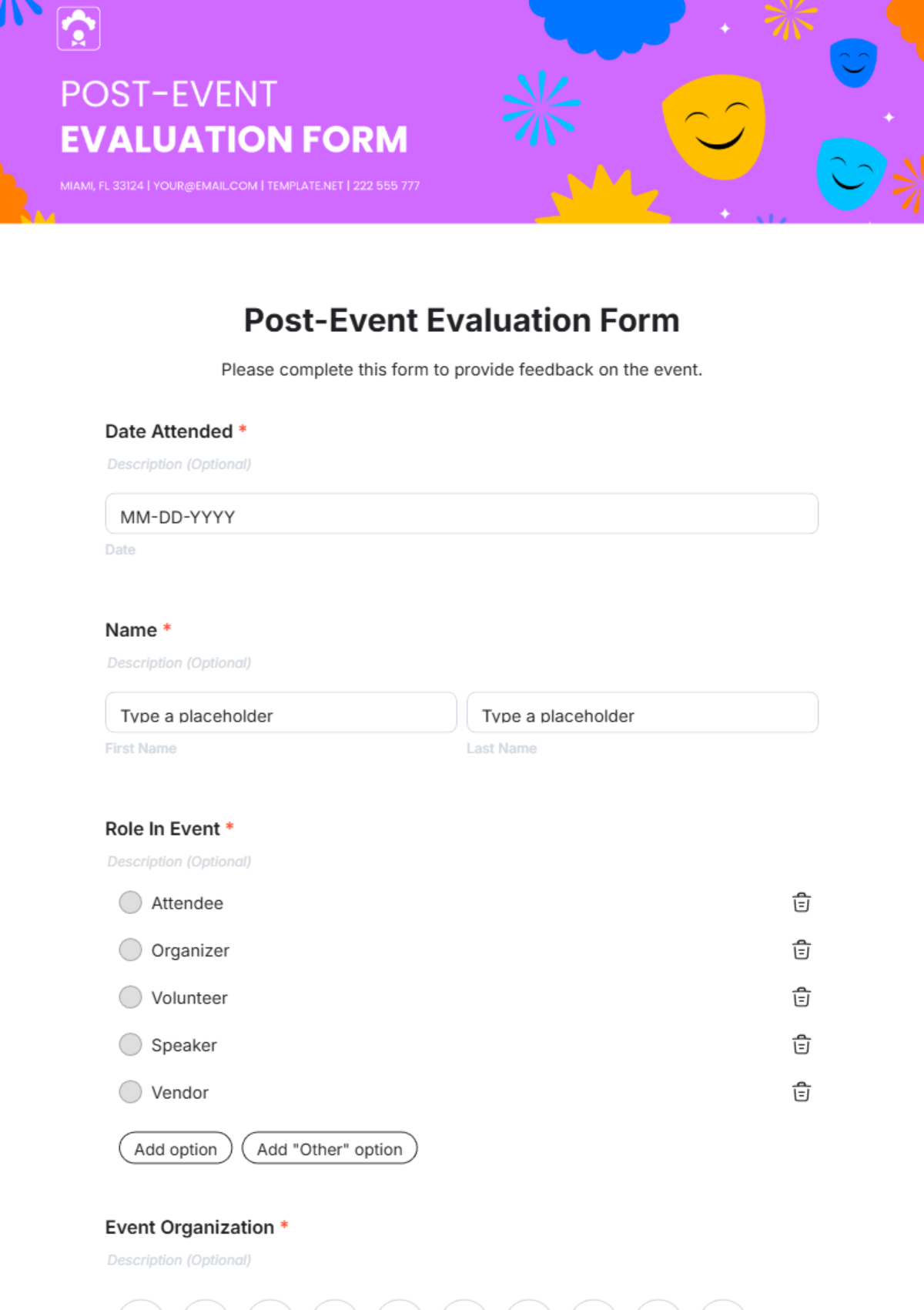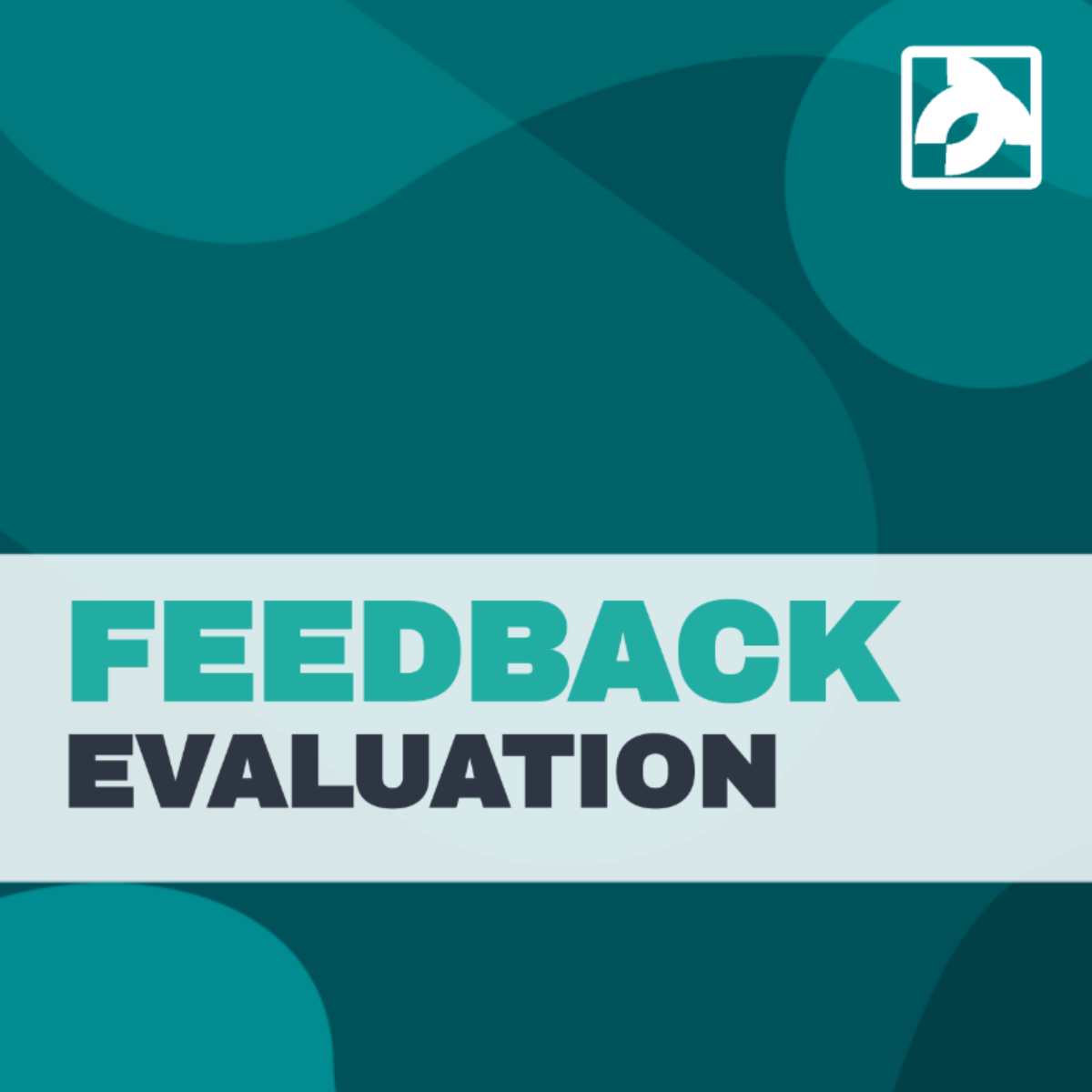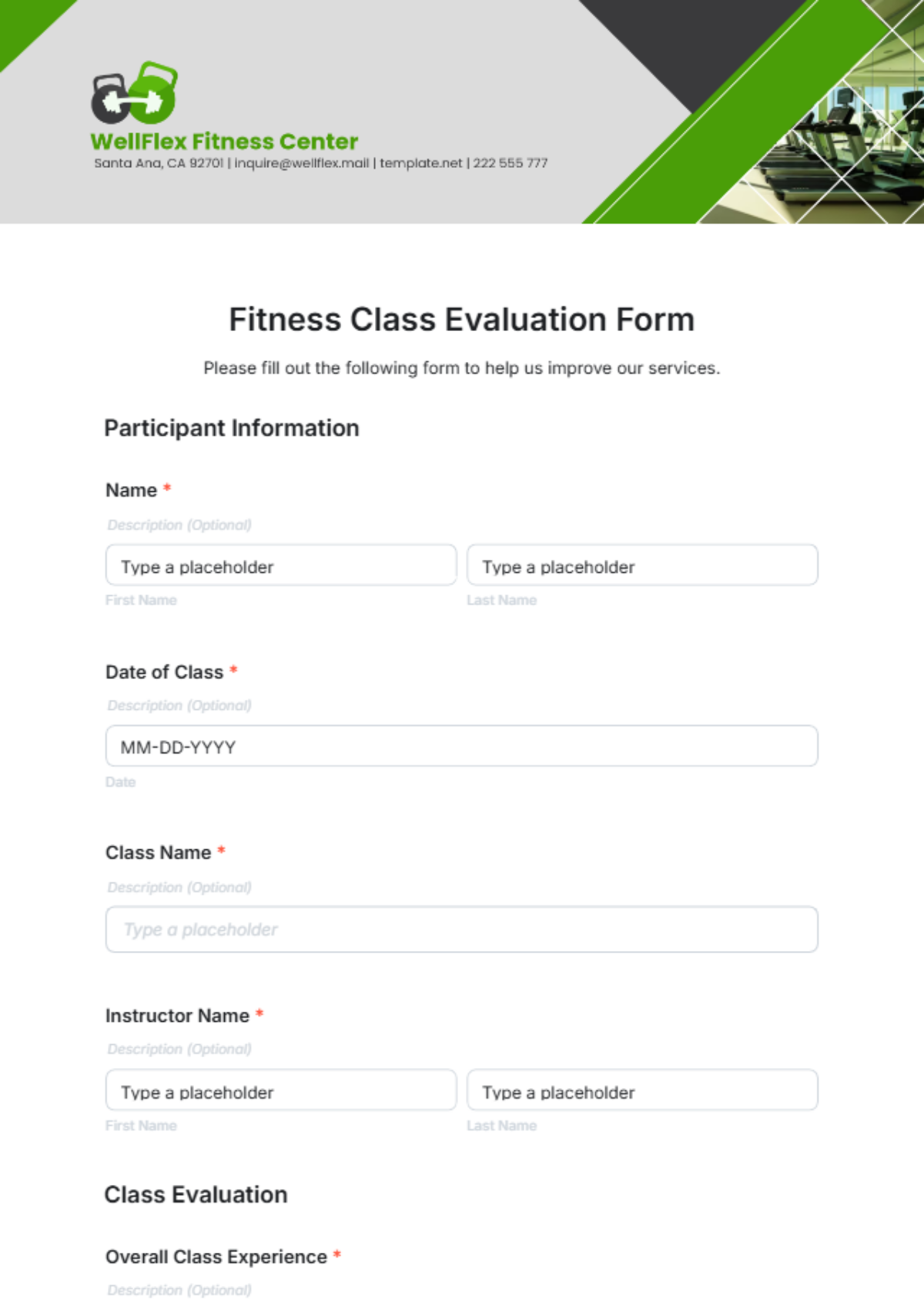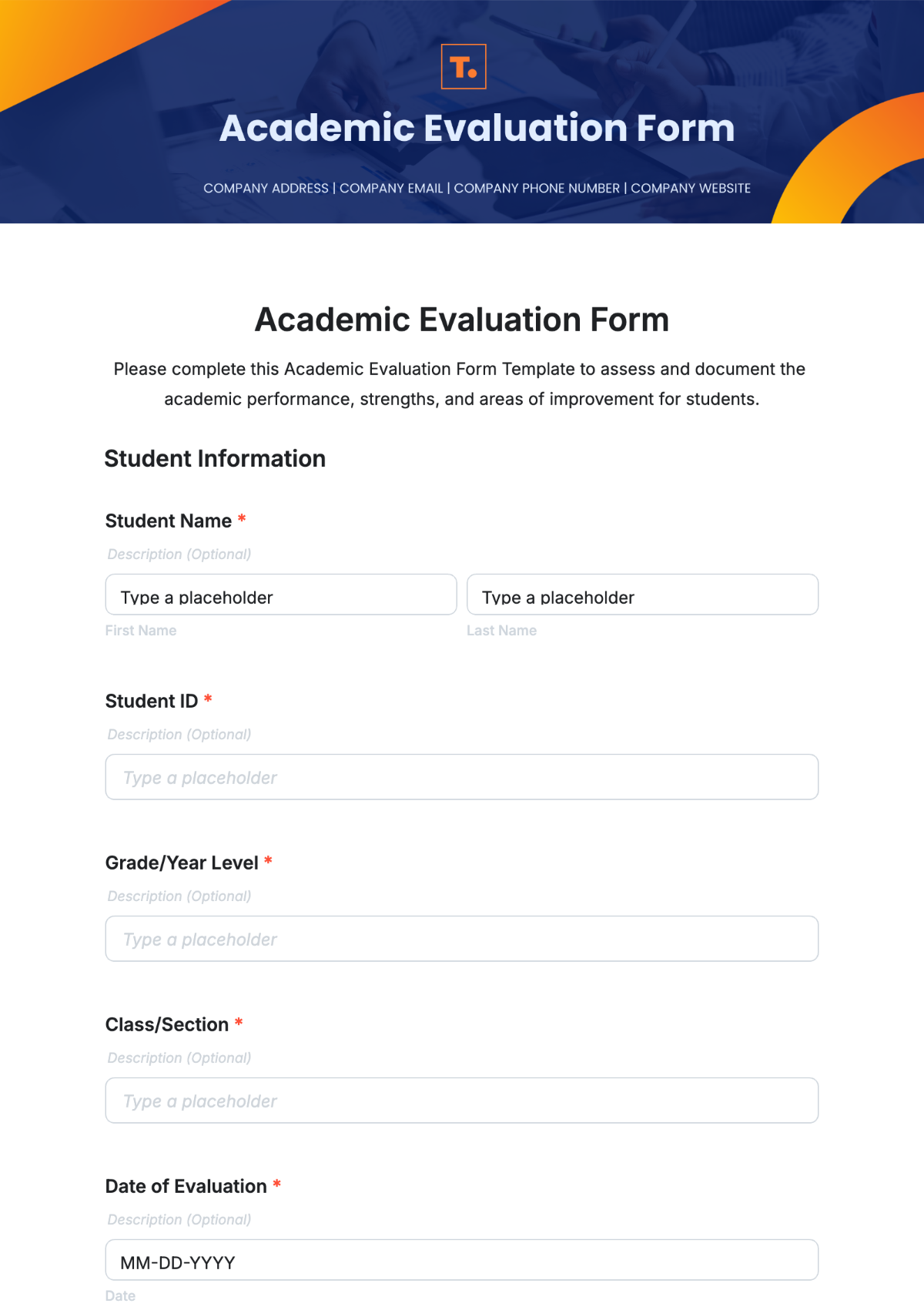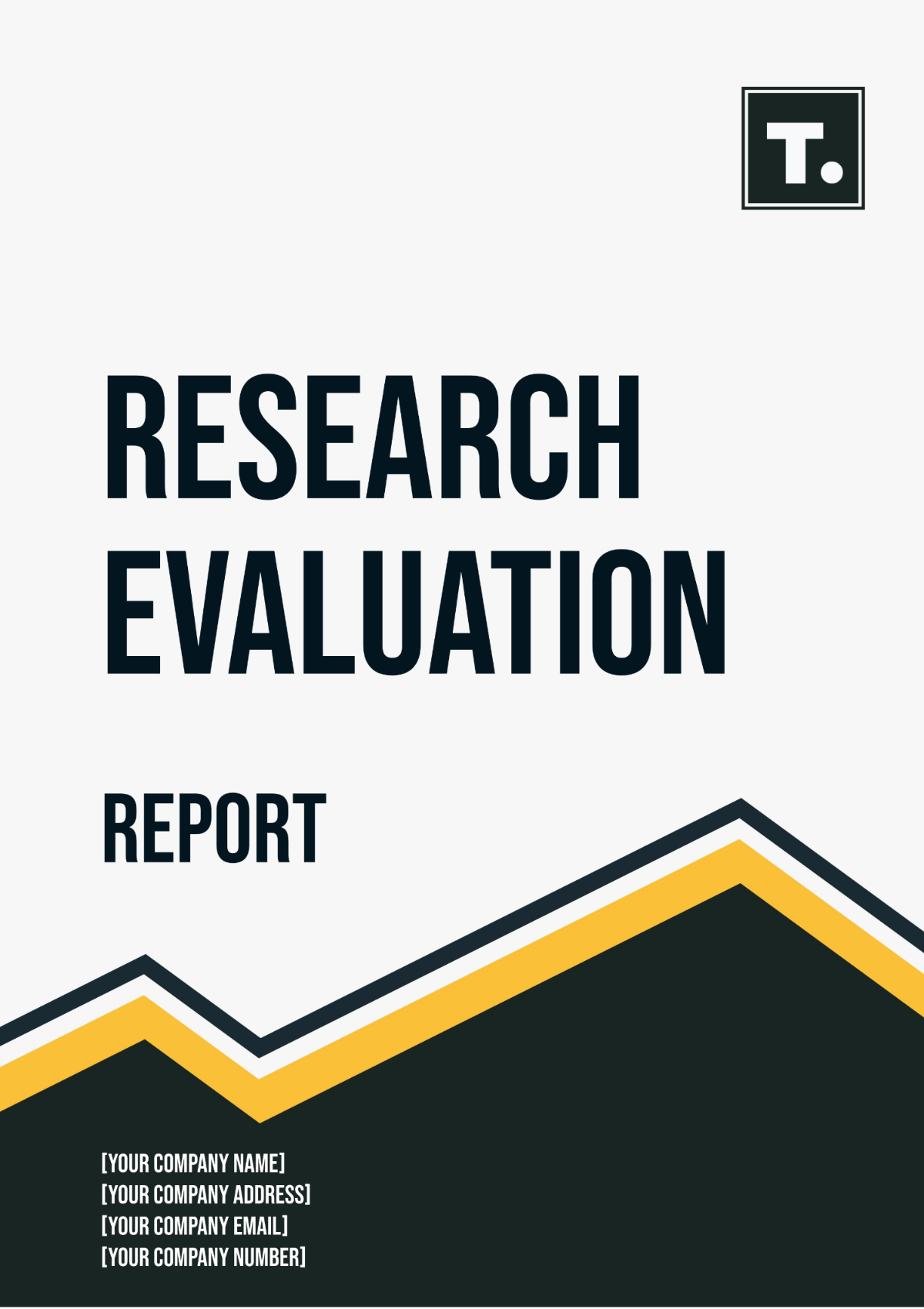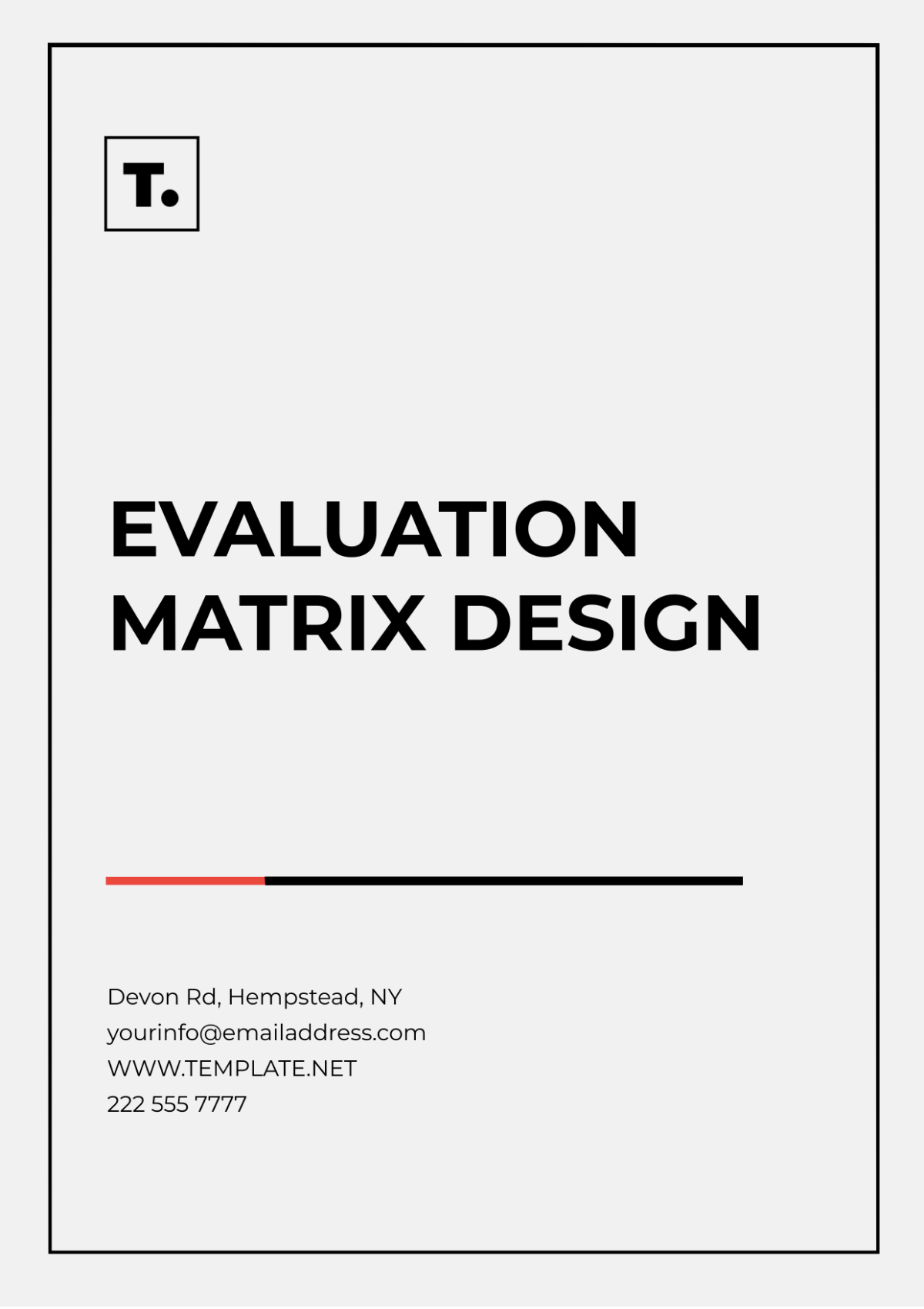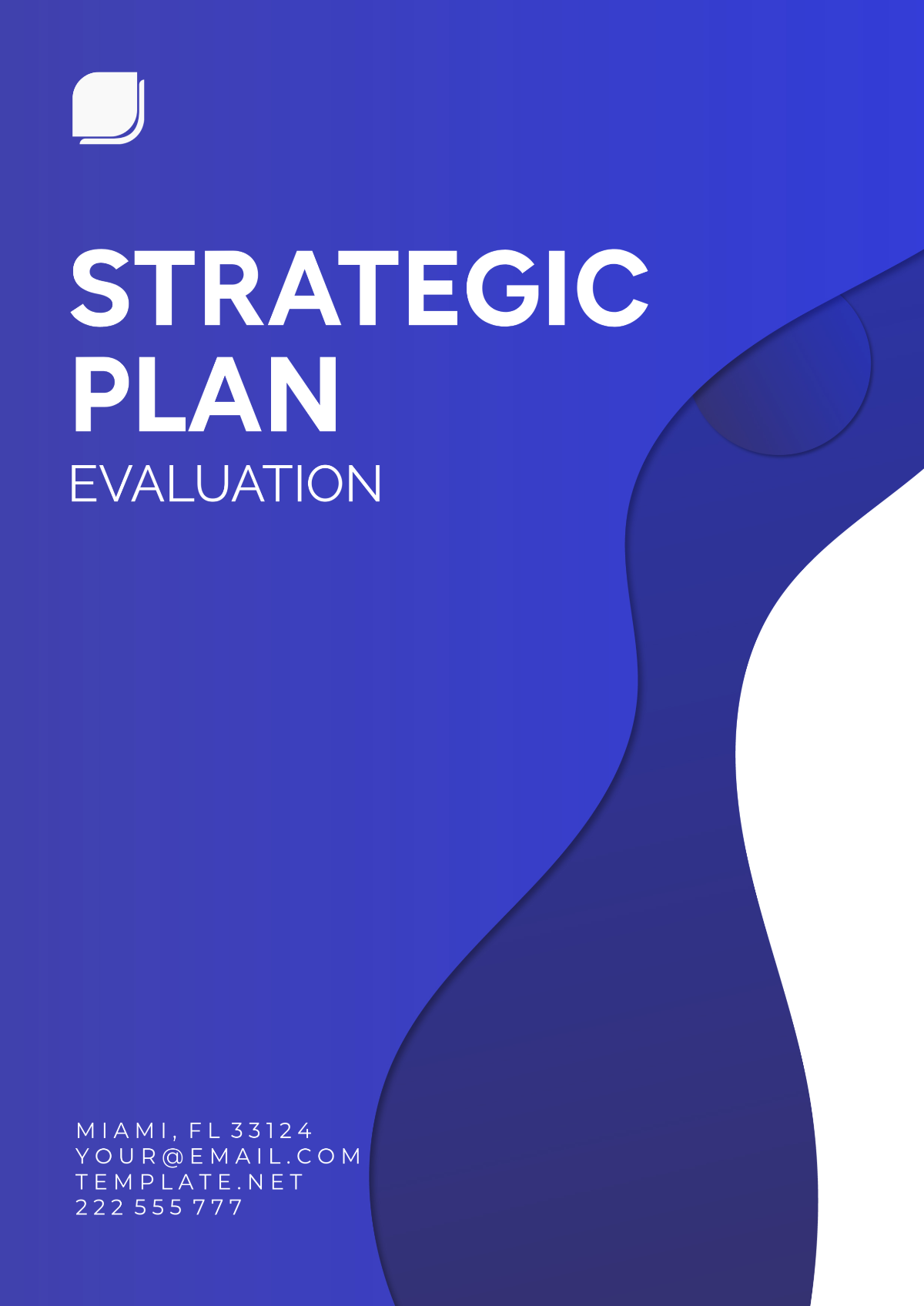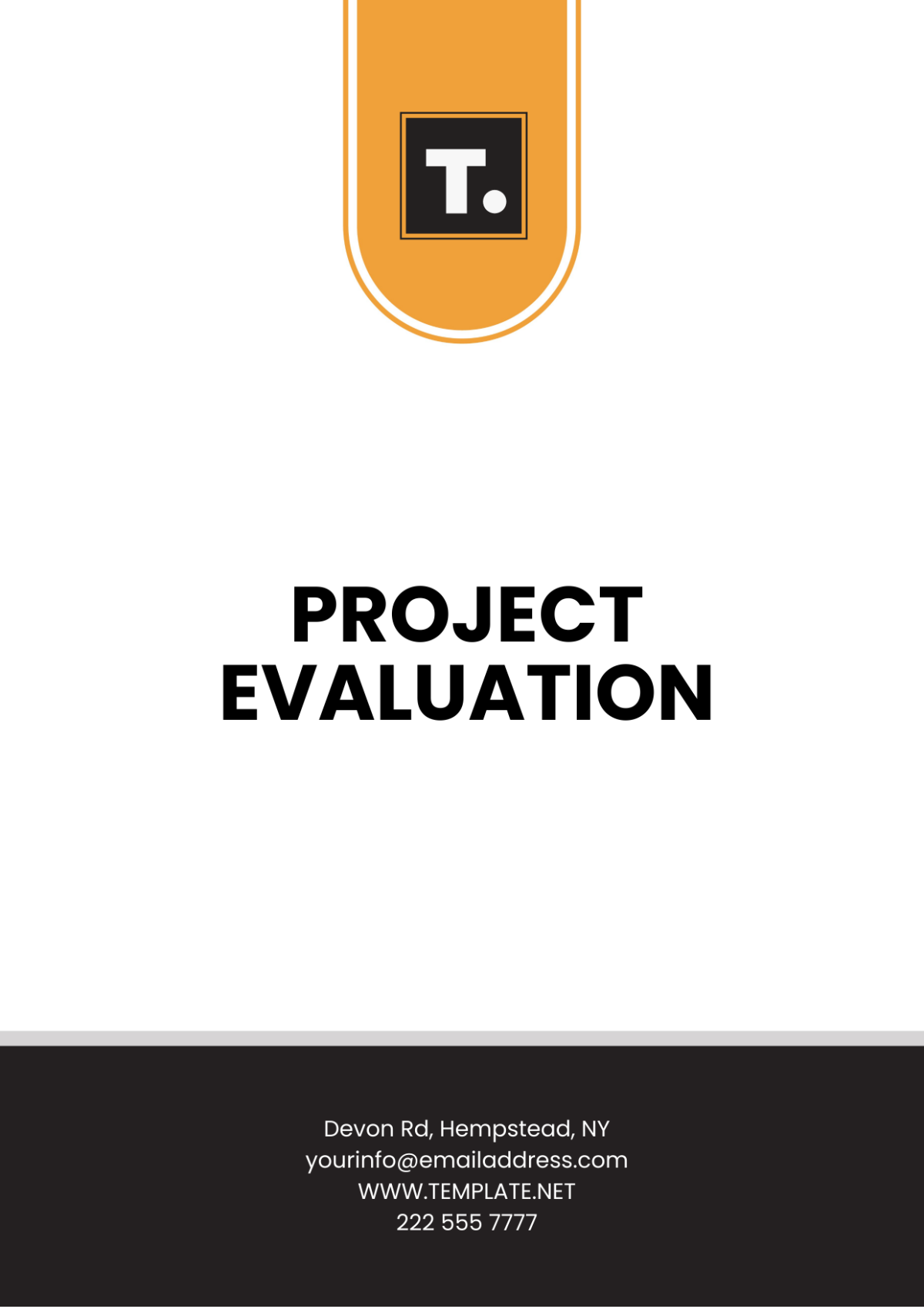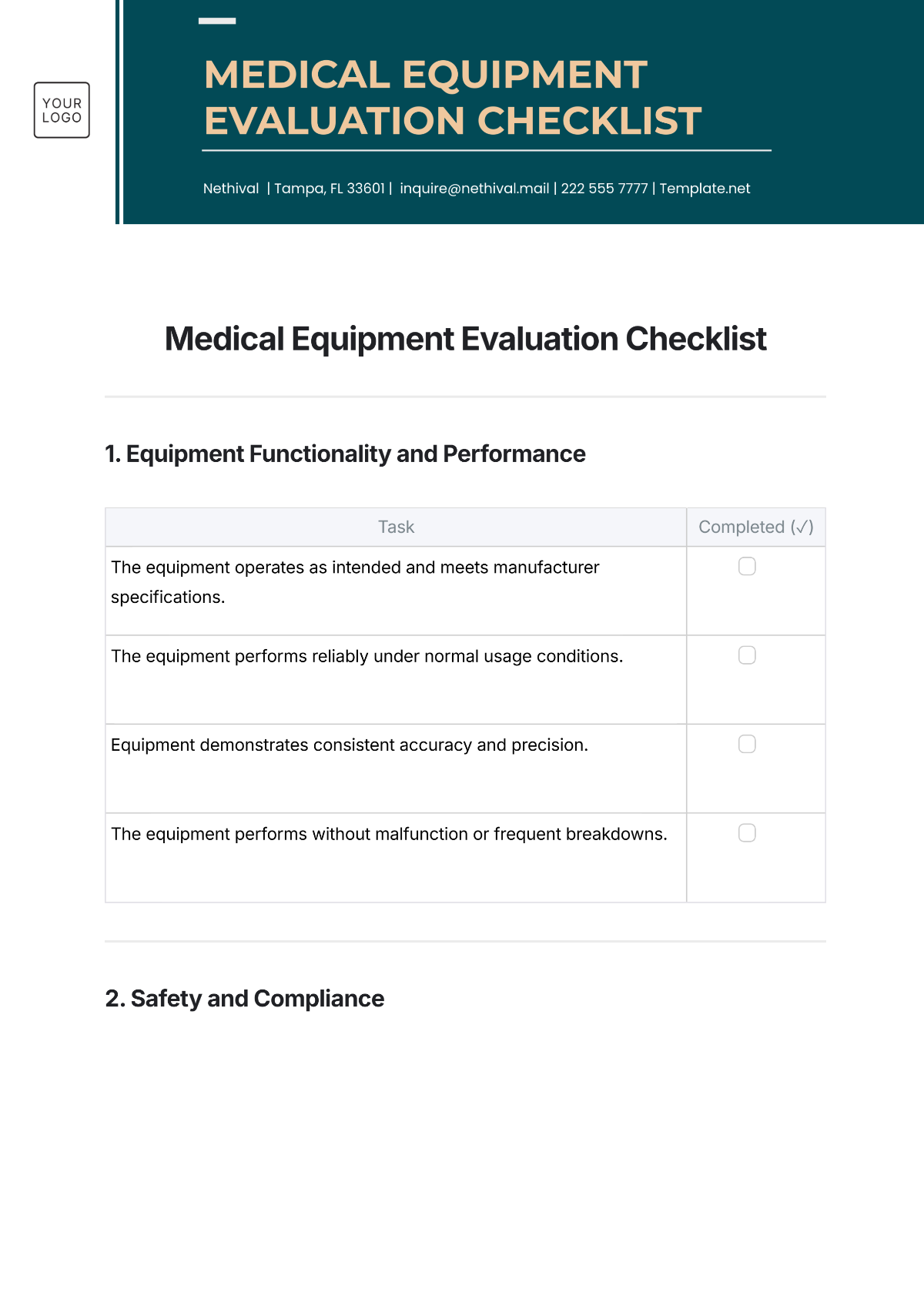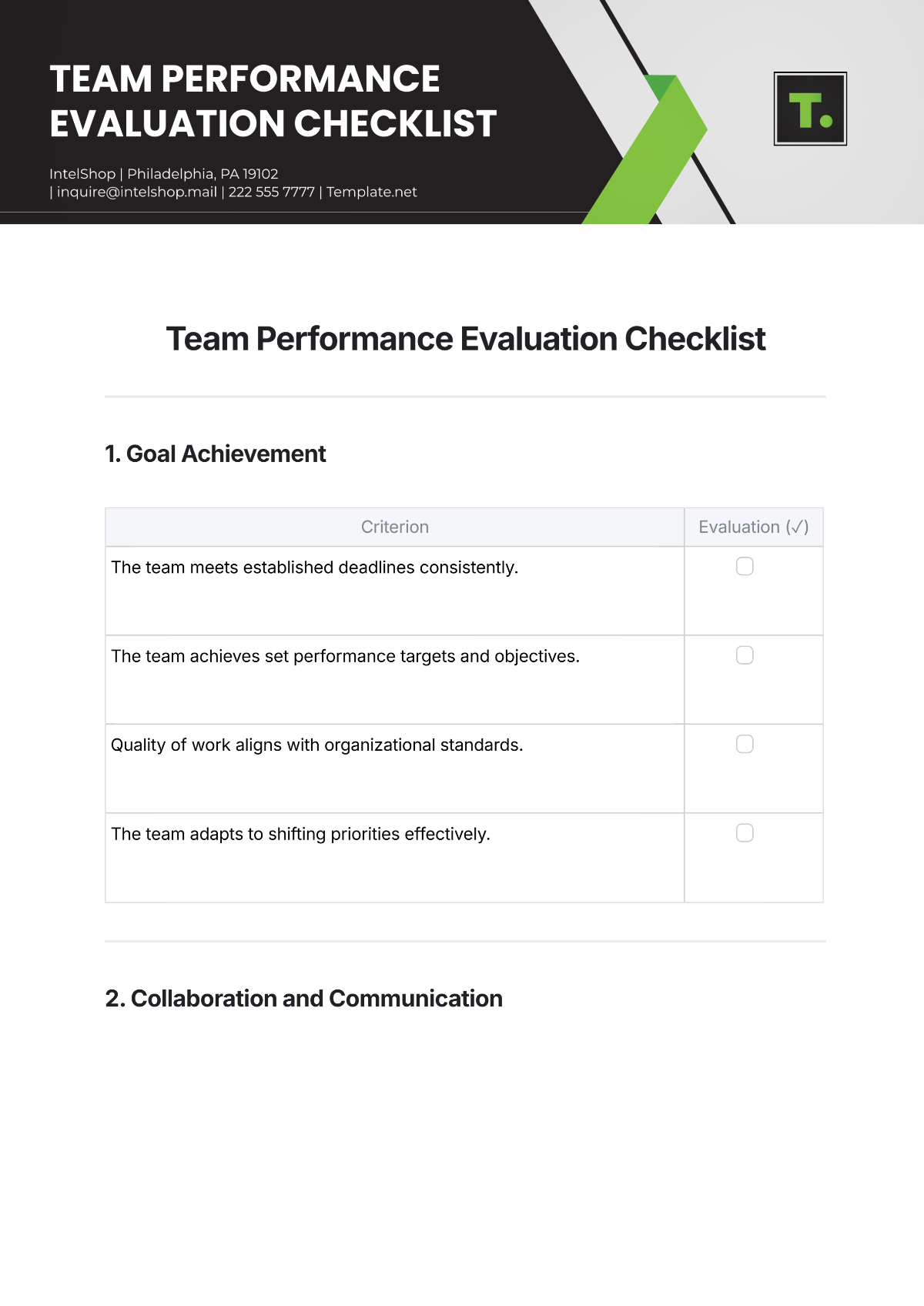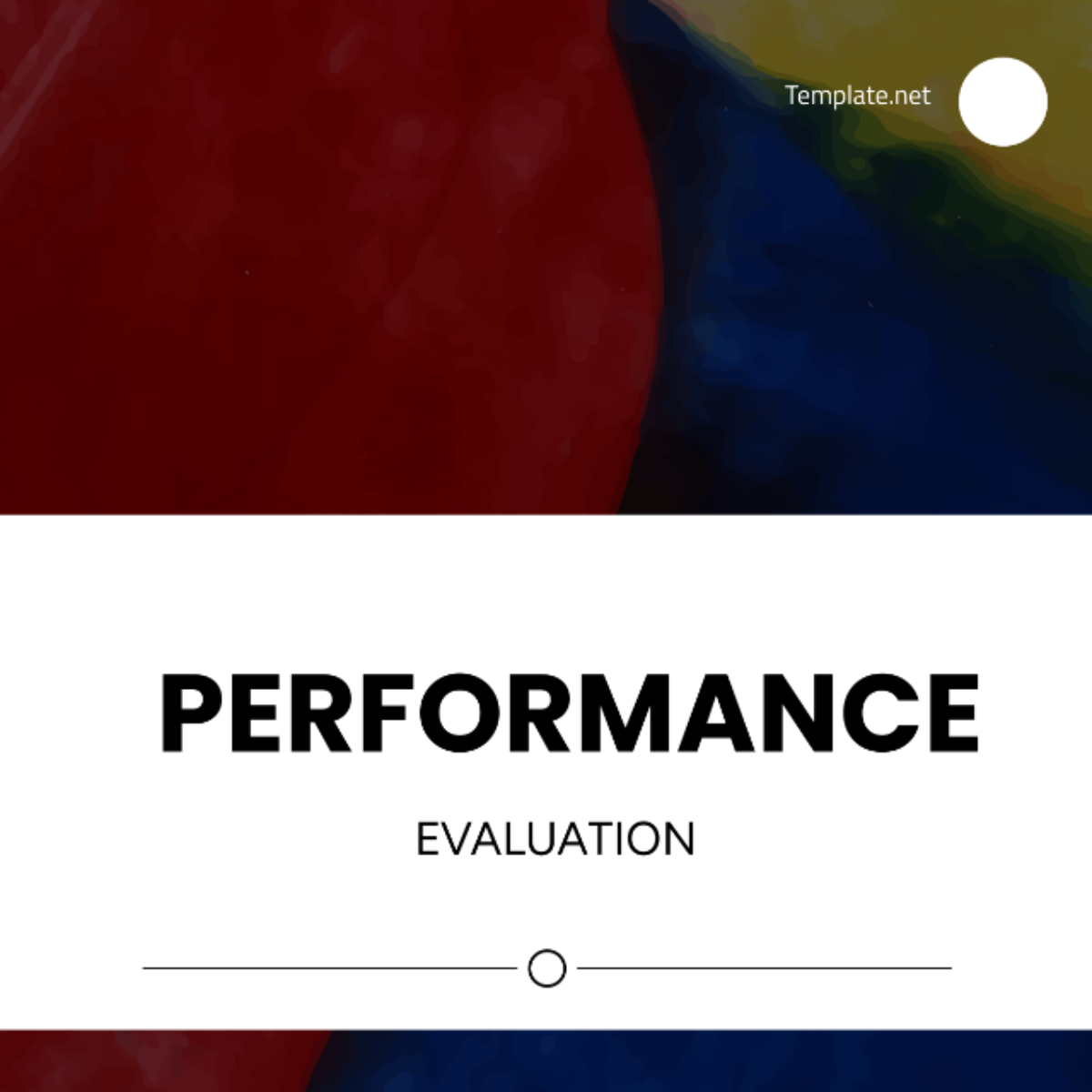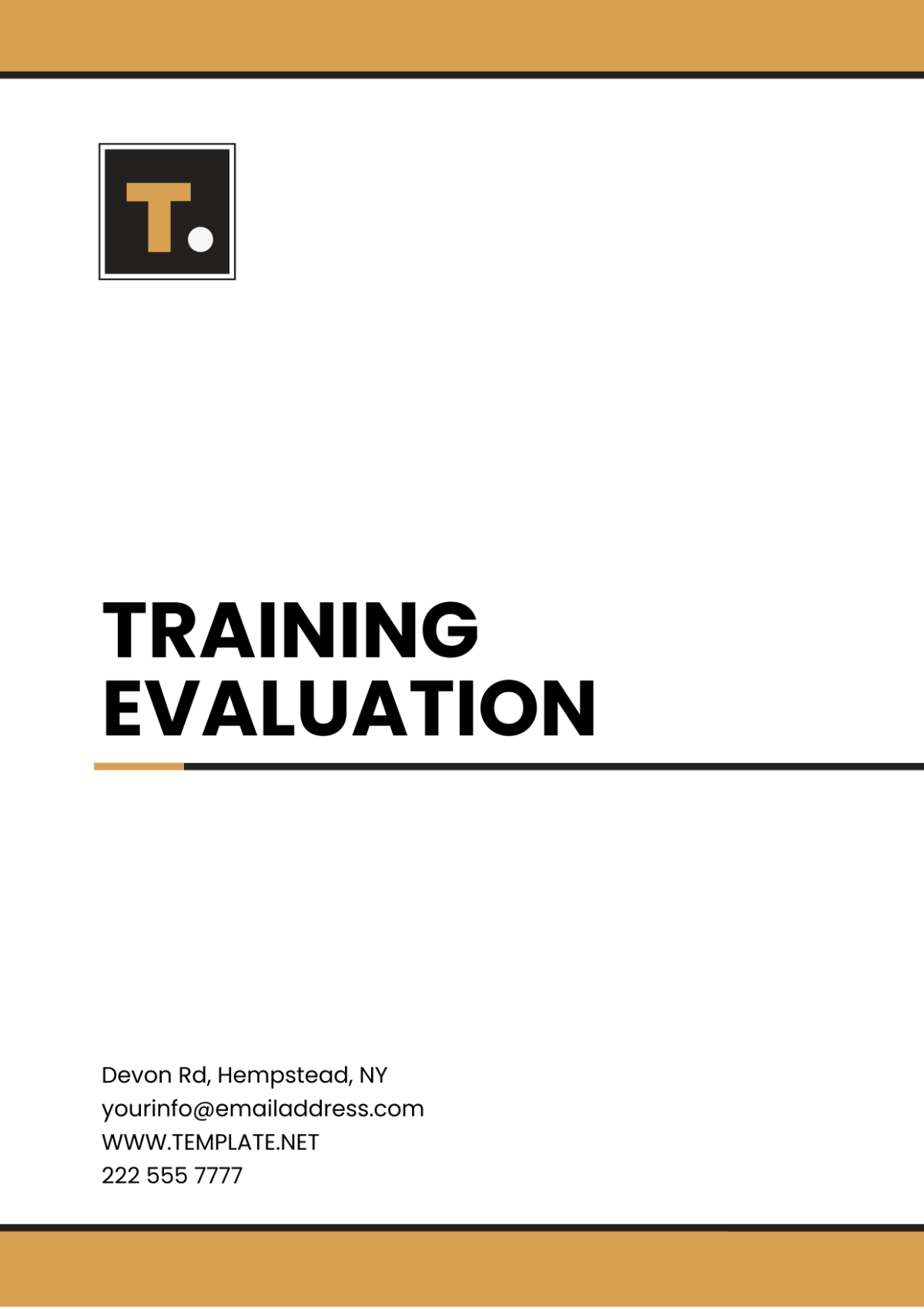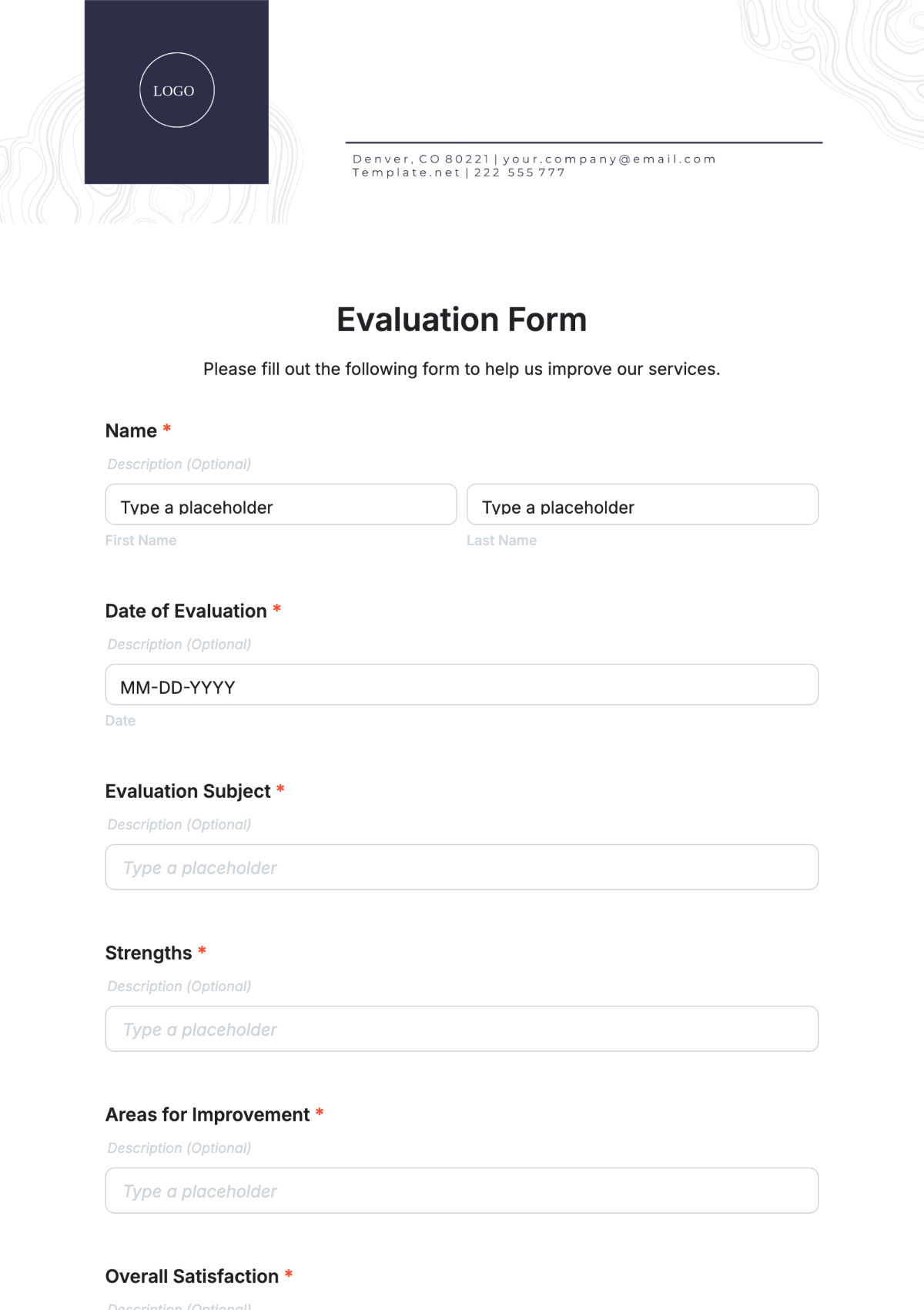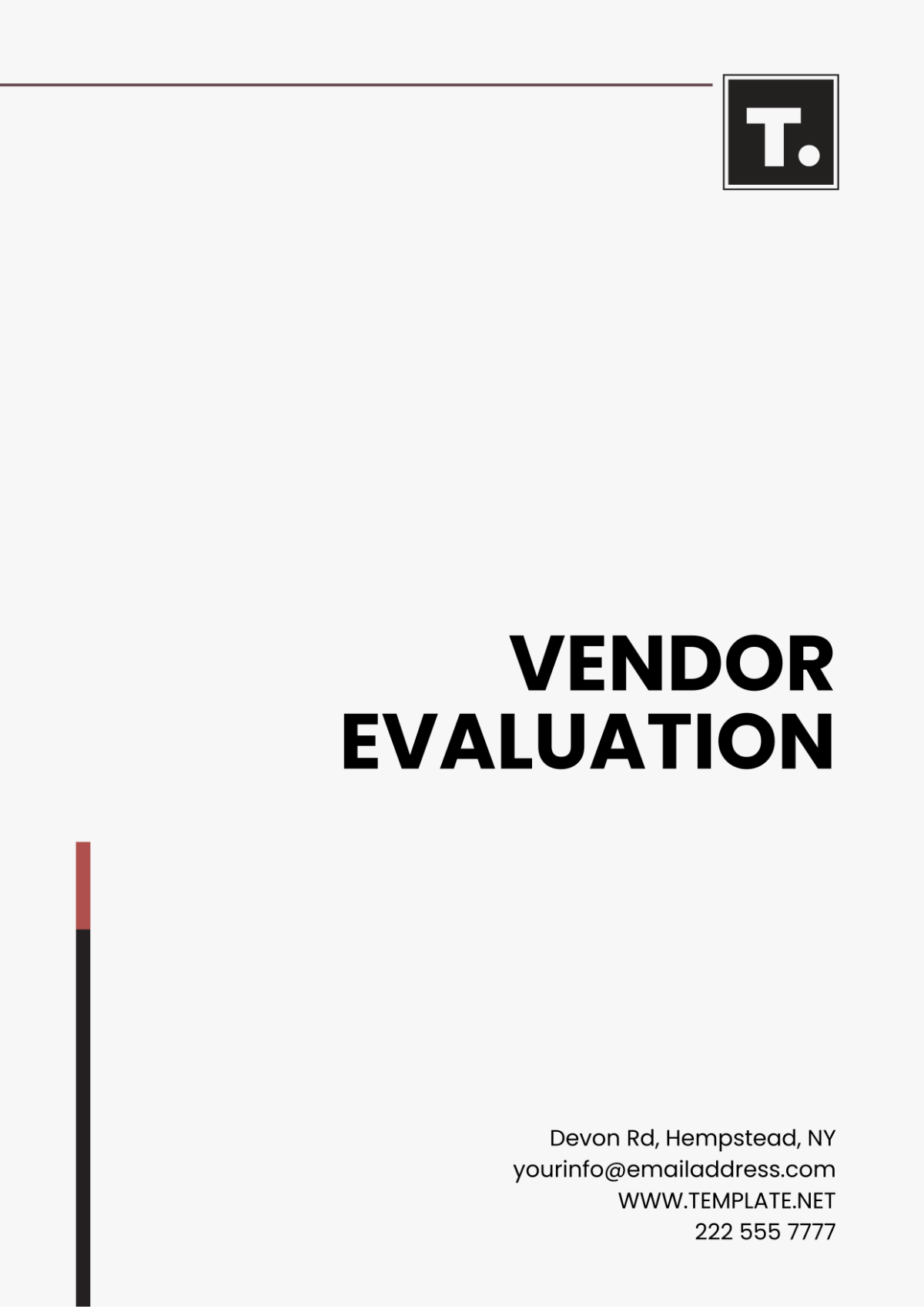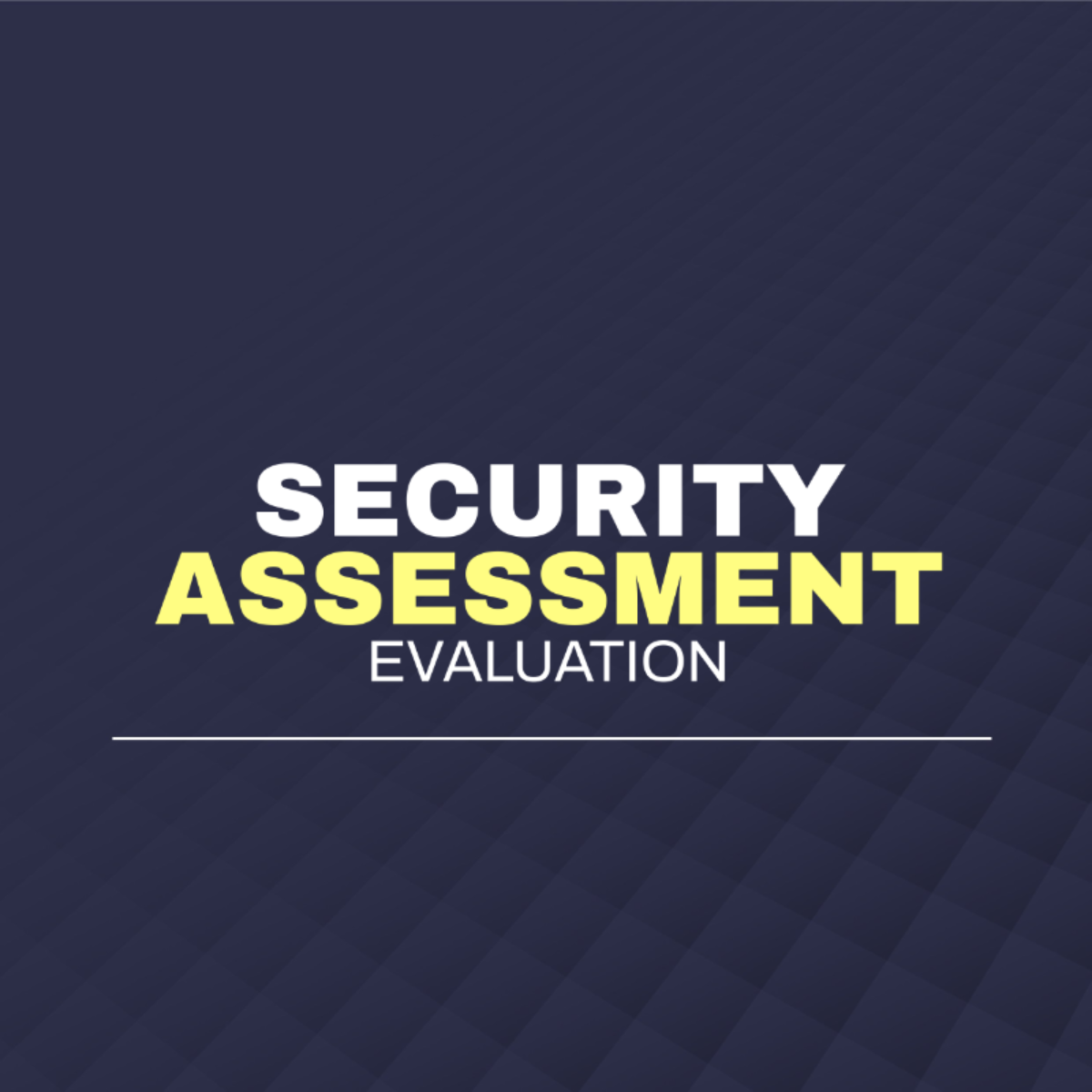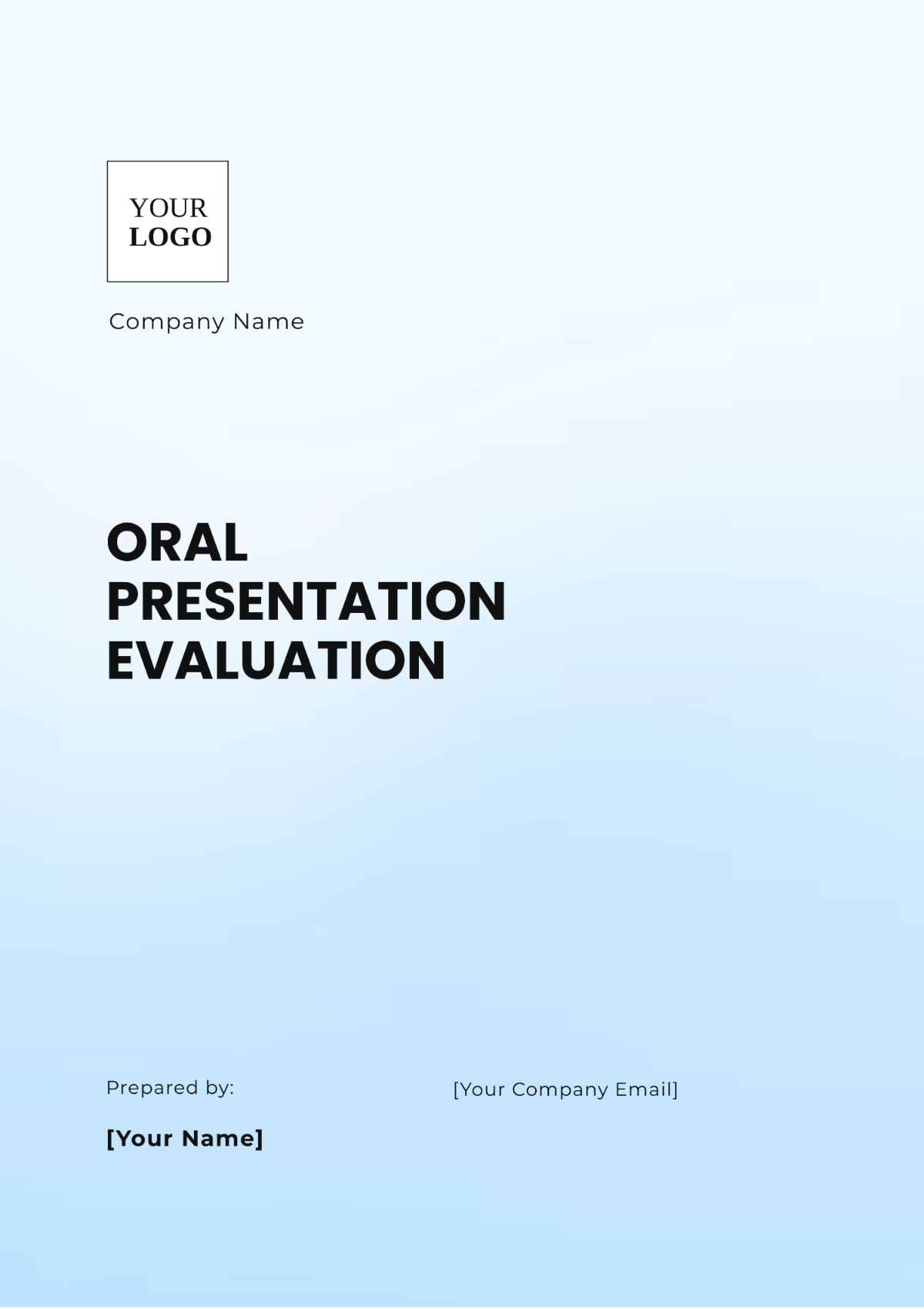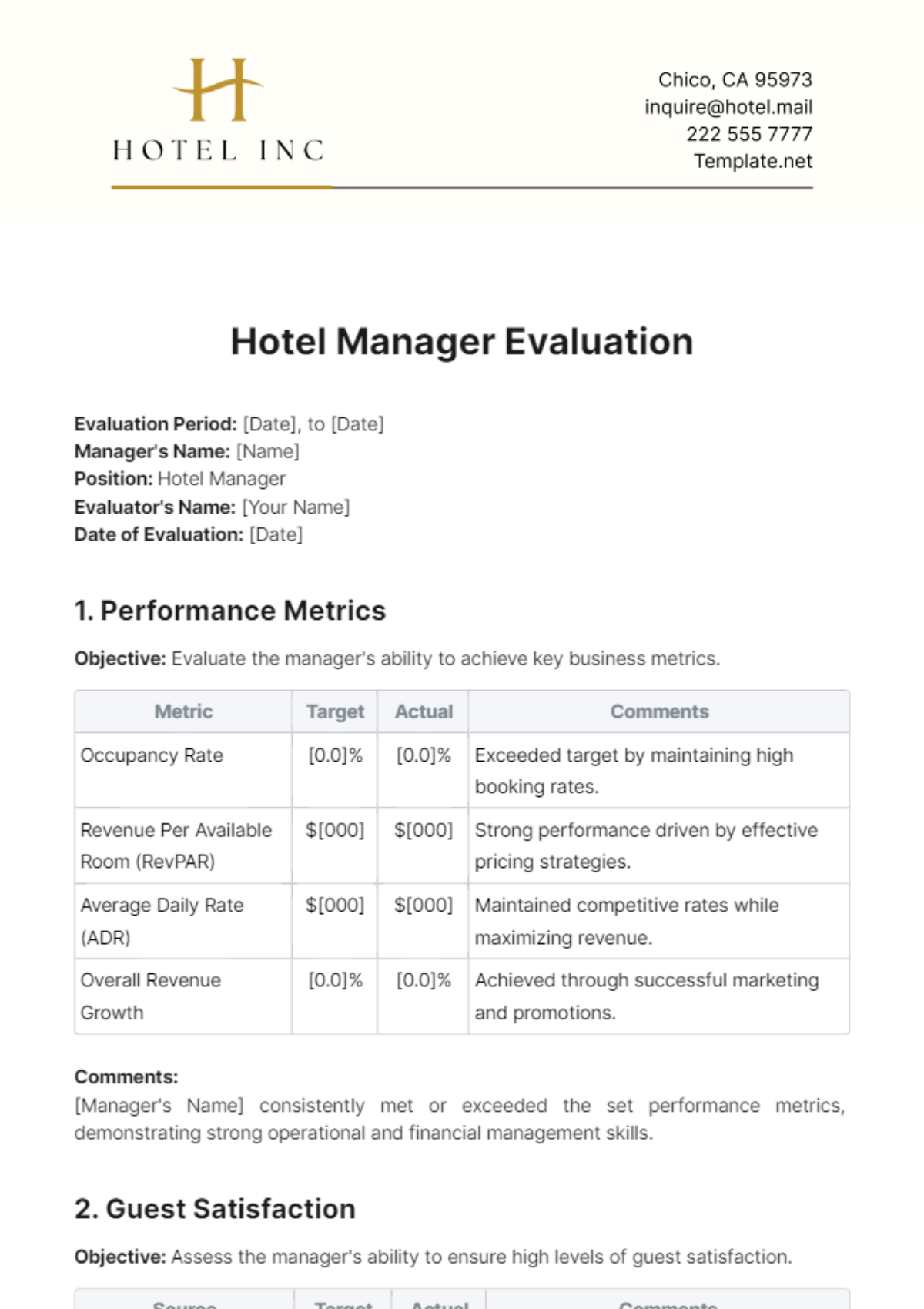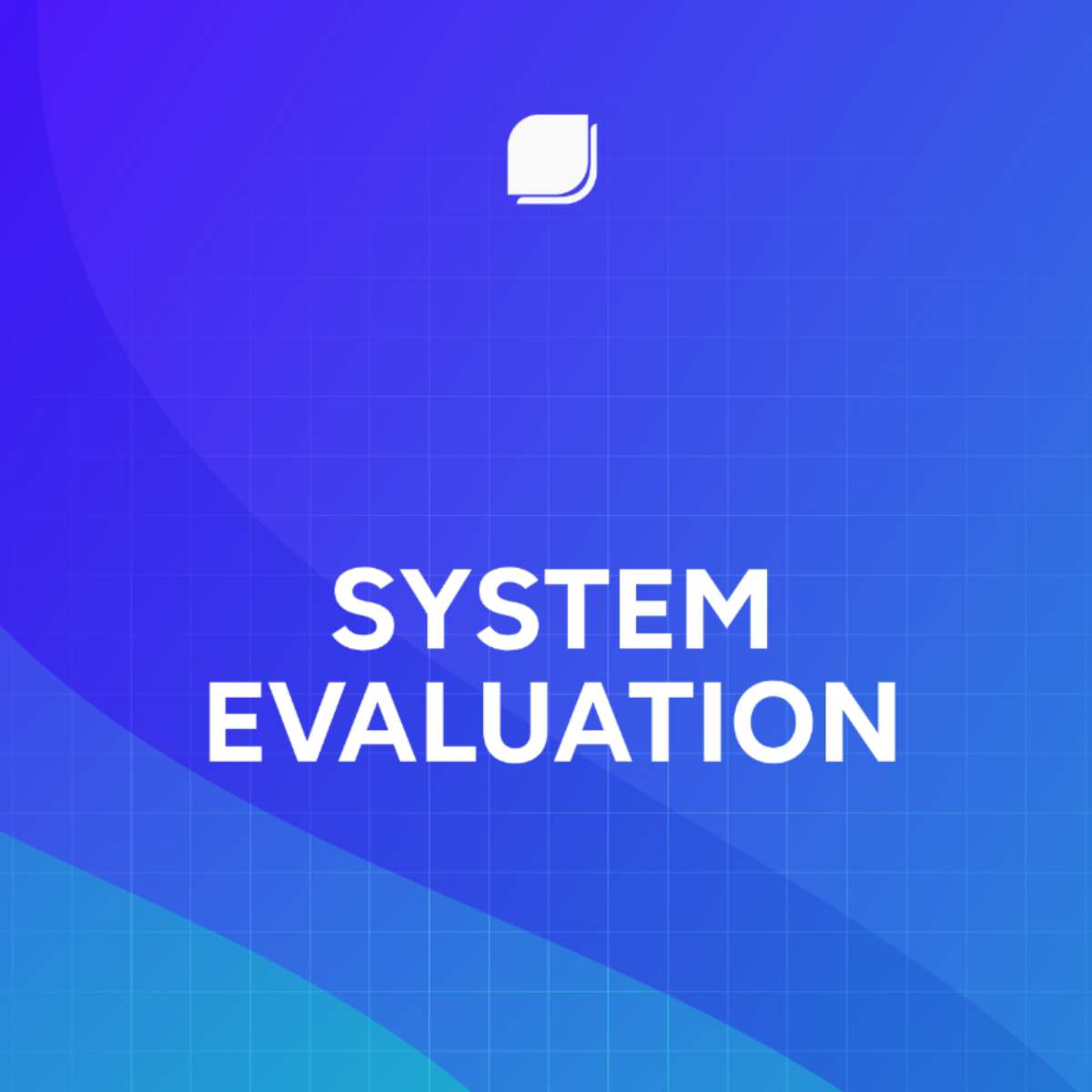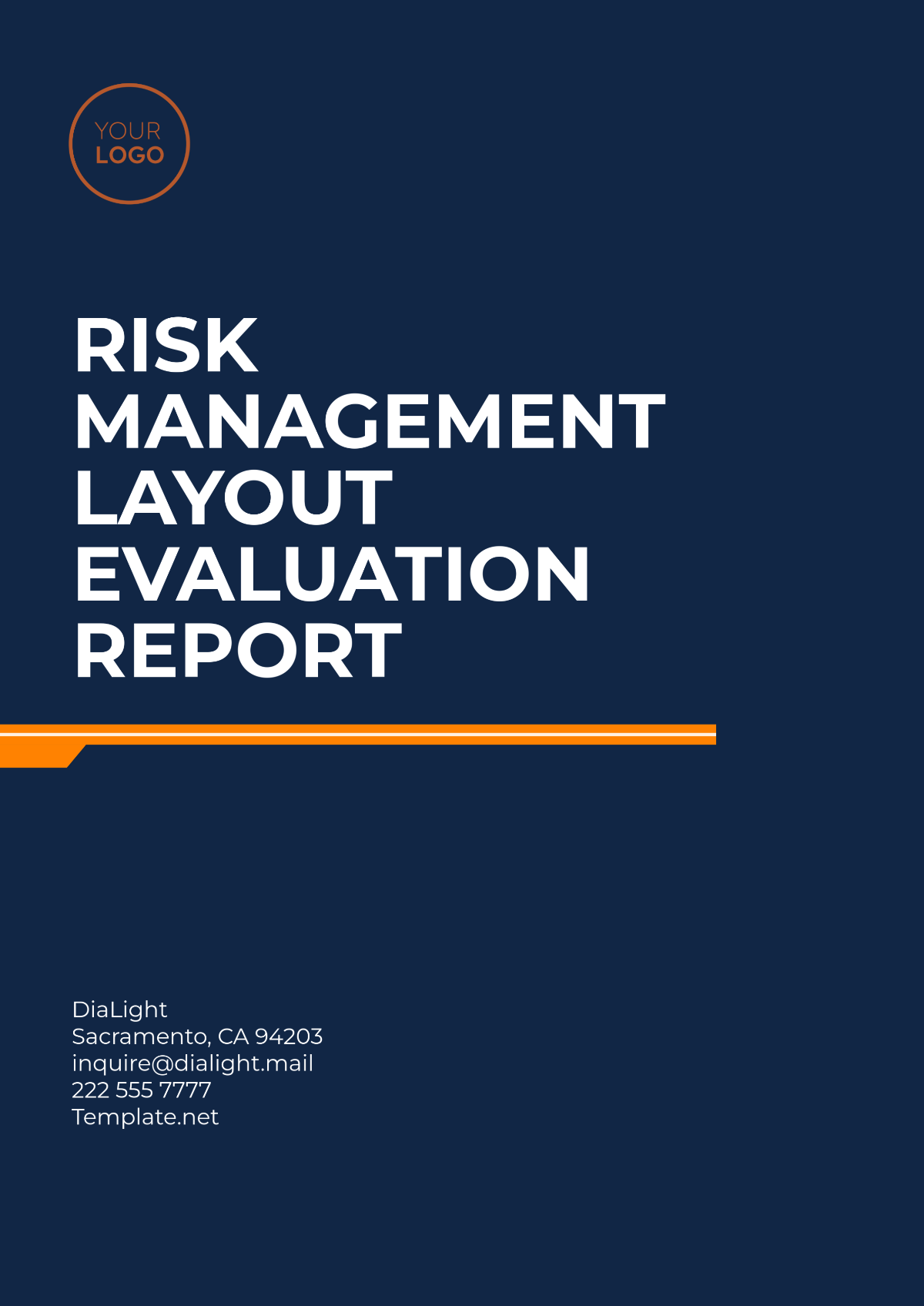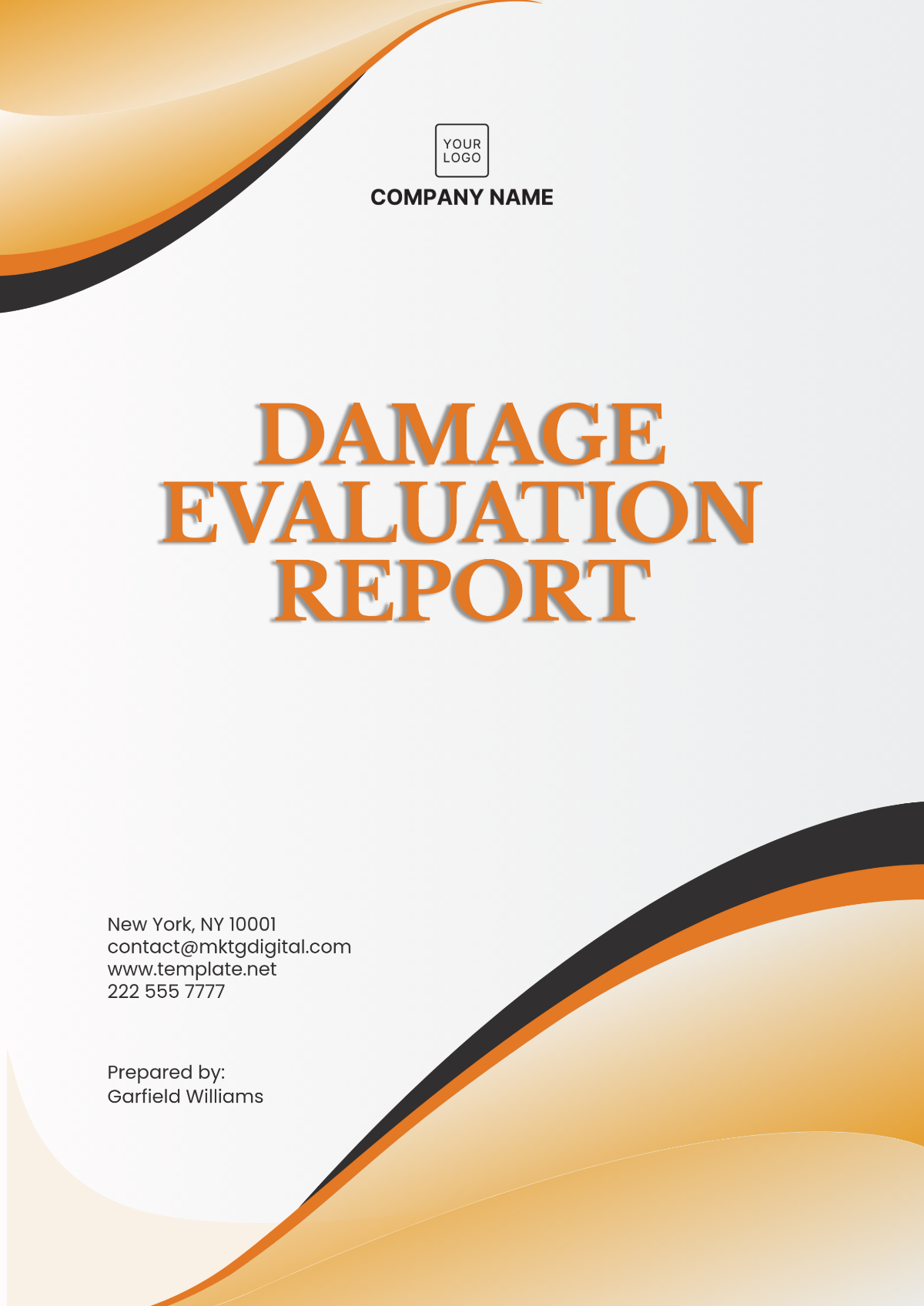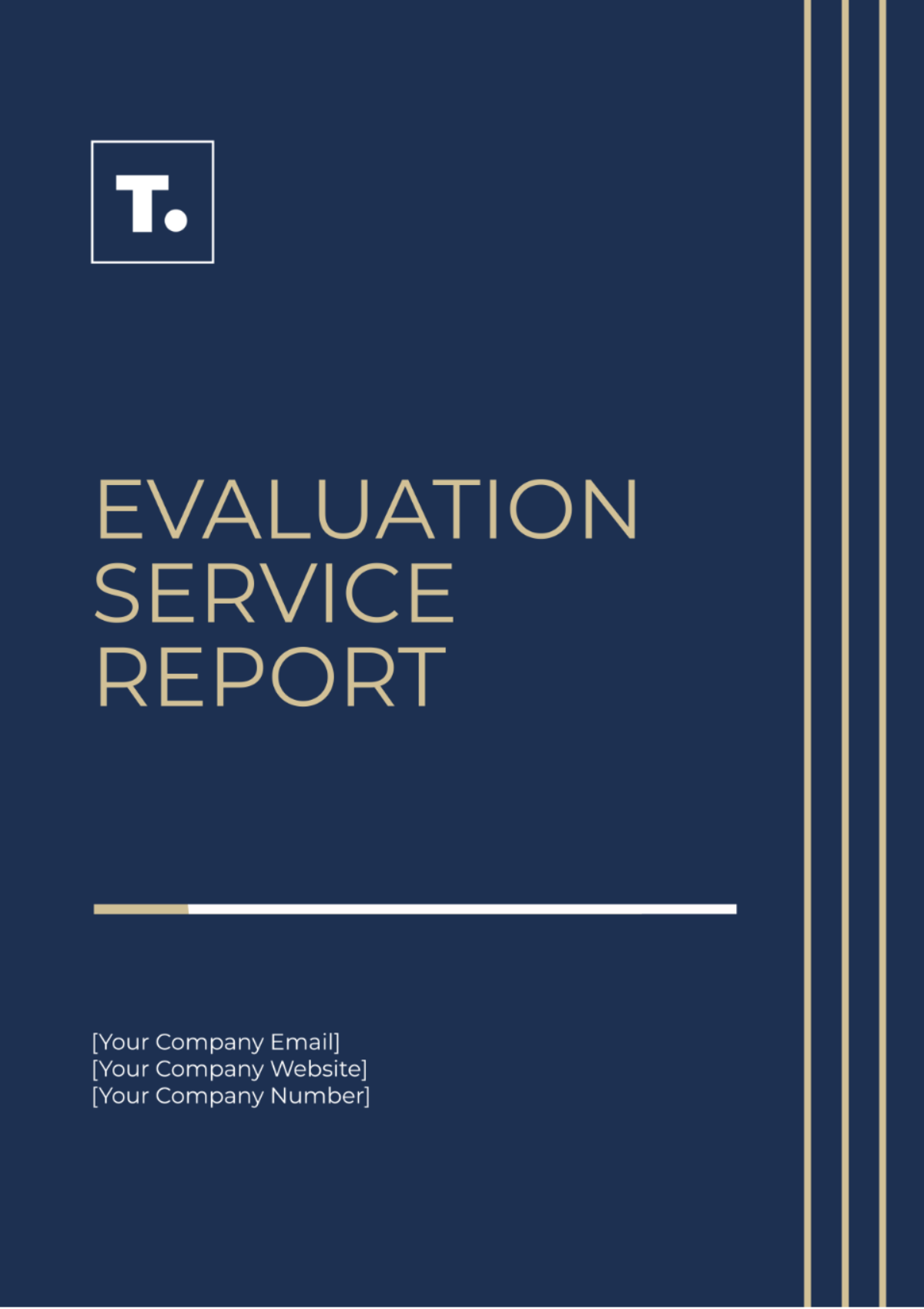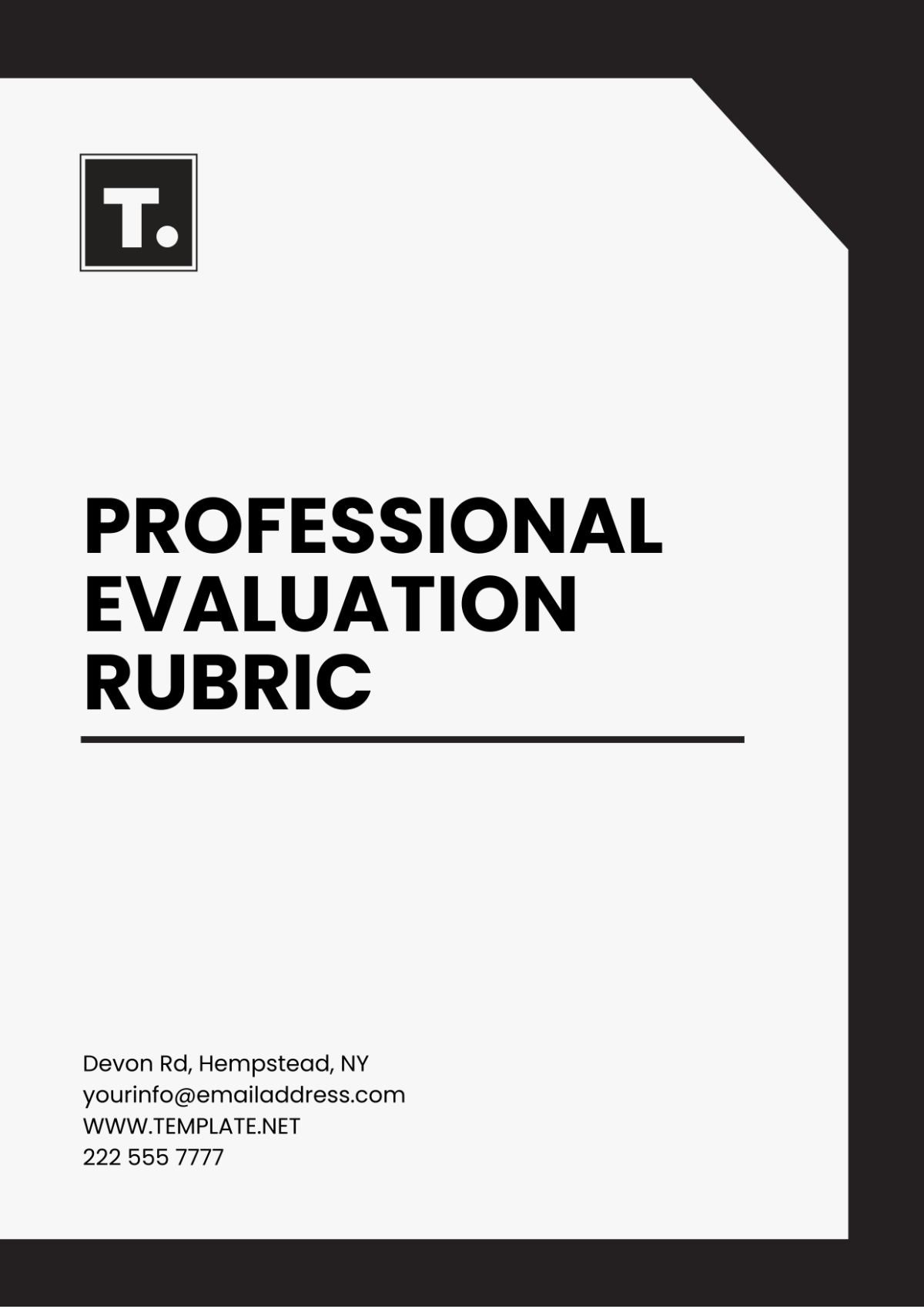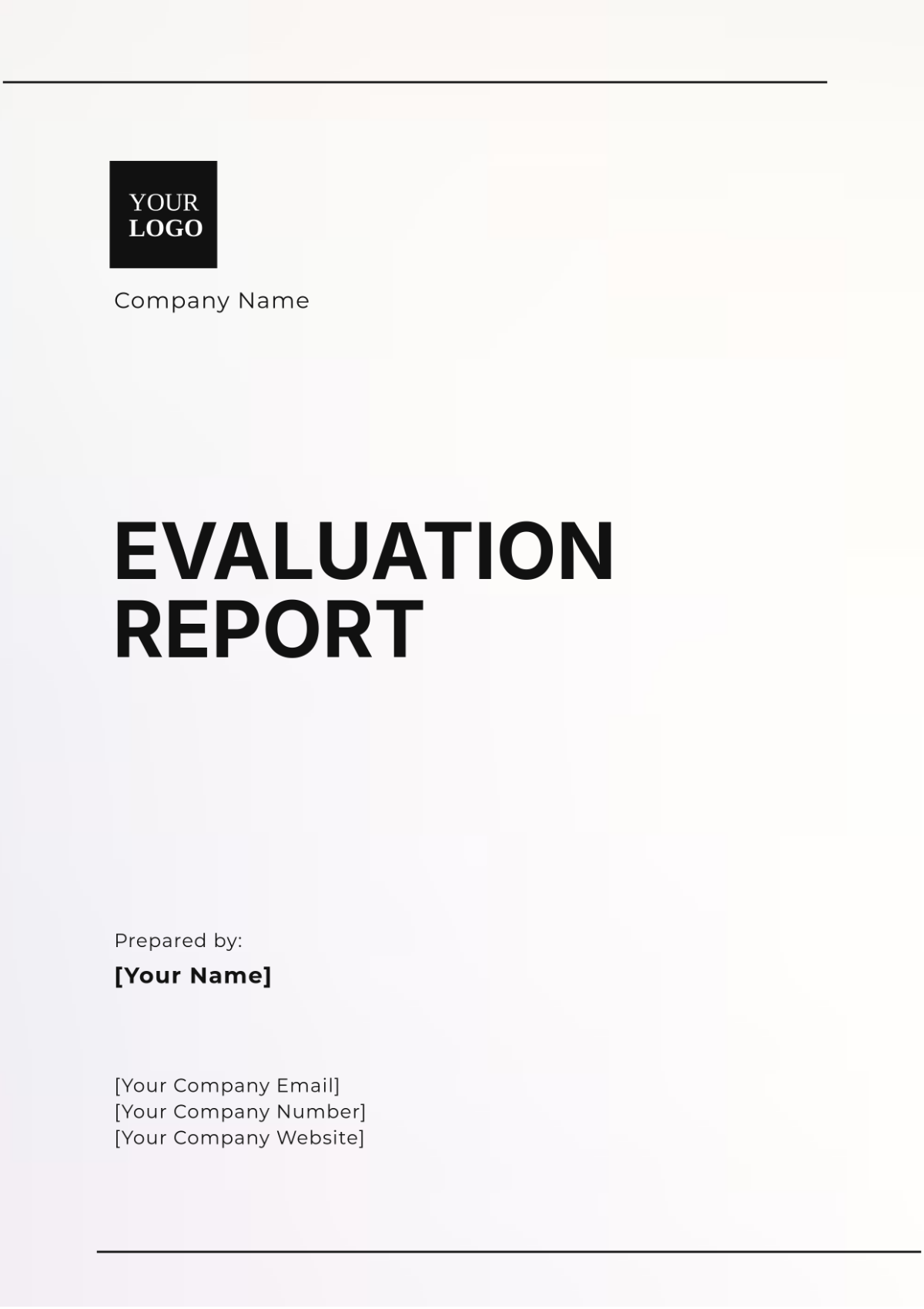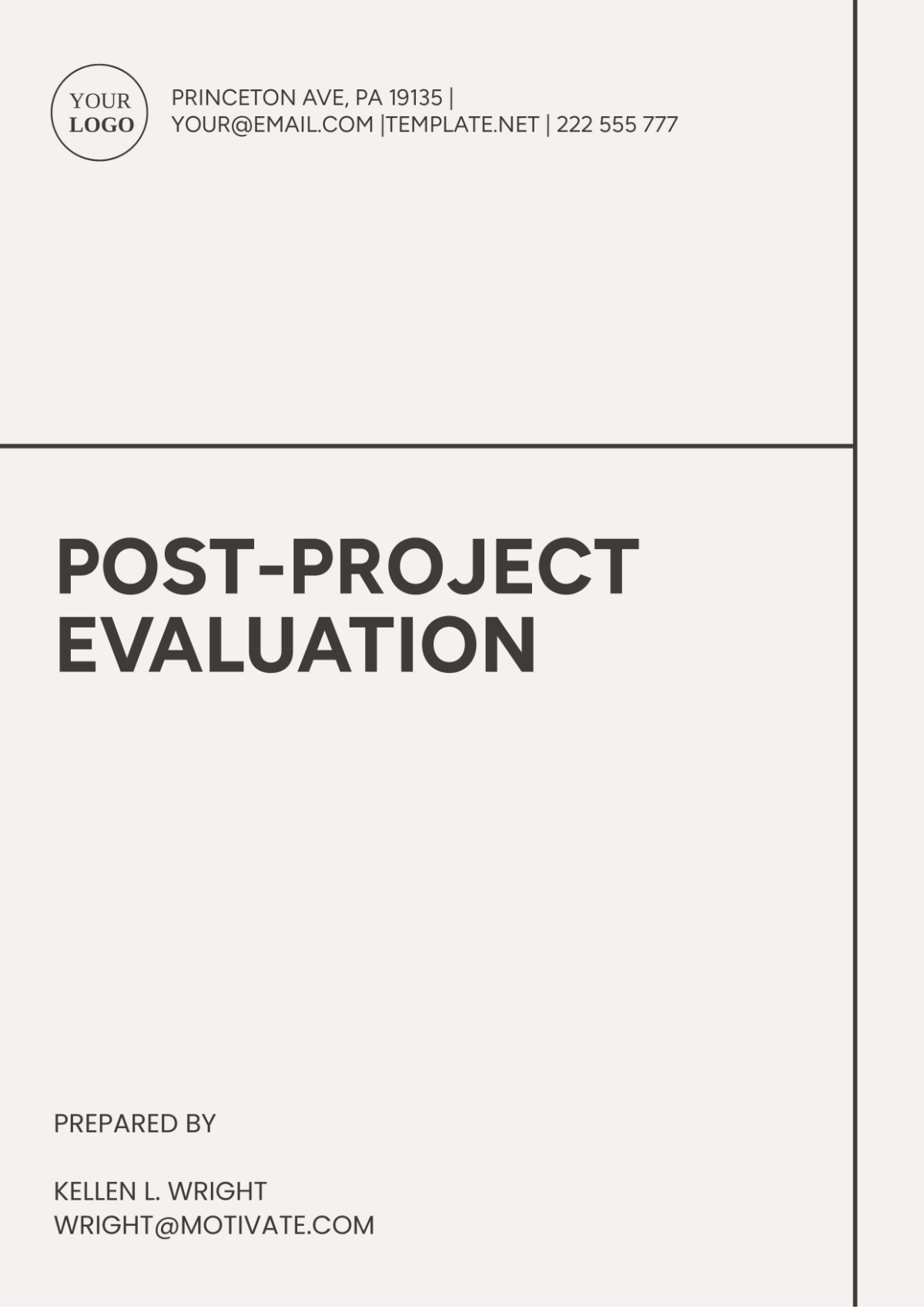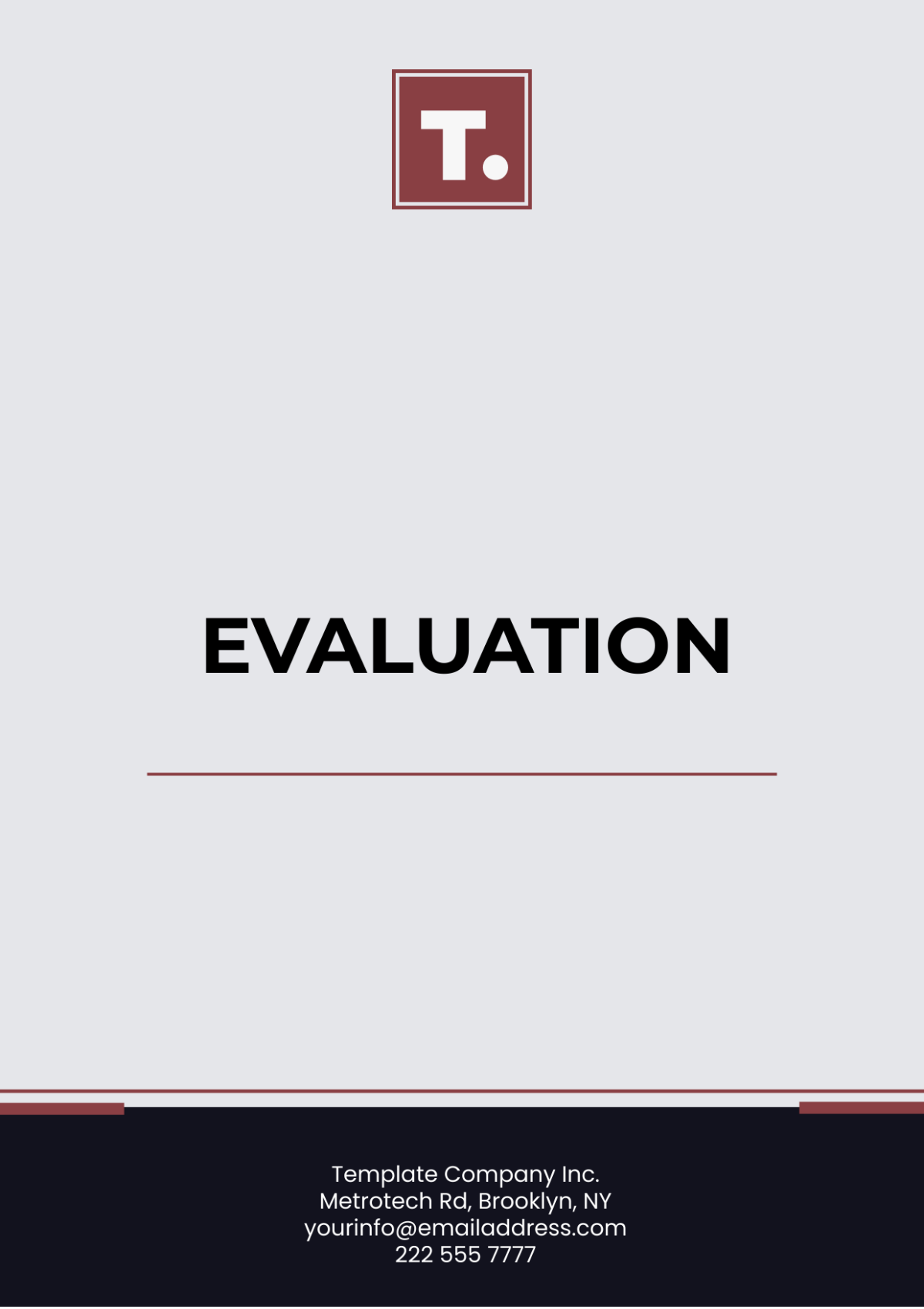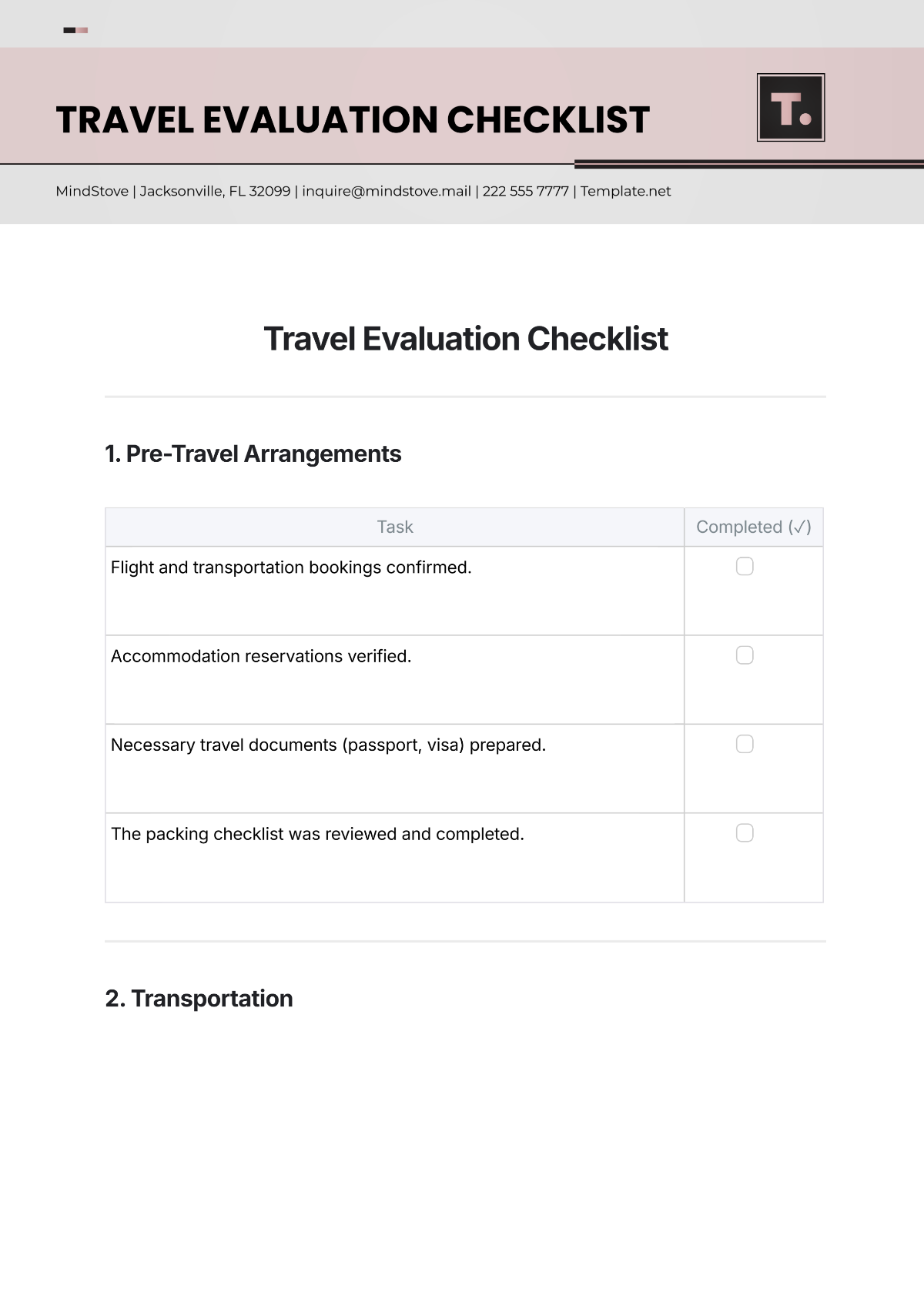Account Evaluation Manual
Introduction
The Account Evaluation Manual is a critical instrument for [Company Name] in its mission to not only sustain but also elevate its client account management to the highest standards of excellence. At the core of our business ethos, we recognize that our clients are the bedrock of our success and sustainability. This manual, therefore, serves as a comprehensive guide for our team members, delineating clear, structured procedures and criteria to assess and manage client accounts effectively.
Our approach is holistic, encompassing a thorough understanding of each client's unique needs, preferences, and business contexts. This insight is paramount in ensuring that our services are not only aligned with their current requirements but are also strategically positioned to anticipate and cater to future needs. By adopting a standardized, yet flexible evaluation process, we aim to build and nurture enduring client relationships, foster trust, and create a foundation for ongoing partnership and growth.
Moreover, this manual is an embodiment of our commitment to operational excellence. It emphasizes the importance of consistency in our account evaluation methods, ensuring that all team members are equipped with the knowledge and tools necessary to perform their roles effectively. This consistency is vital in maintaining the quality of service that our clients expect and deserve.
In addition, this manual is a living document, evolving as we continuously refine our practices in response to changing market dynamics, client feedback, and internal performance reviews. It is not only a guide but also a reflection of our adaptive and proactive approach towards client account management. By staying ahead of the curve, we position [Company Name] not just as a service provider, but as a valued partner in our clients' success.
Ultimately, this manual is crafted to empower our team members, streamline our processes, and elevate our client interactions. Through this, we aim to reinforce our market position, drive business growth, and uphold the high standards of service excellence that define [Company Name].
Chapter 1: Account Evaluation Process
1.1 Objective
In the ever-evolving landscape of business, the primary objective of our account evaluation process at [Company Name] transcends beyond mere transactions. Our goal is to delve deeply into understanding our clients' business models, market challenges, and unique needs. This comprehension allows us to not only assess the current value of each account but also to unearth latent opportunities that align with our clients' long-term objectives and aspirations. By doing so, we transform our role from a service provider to a trusted advisor, contributing significantly to our clients' growth and success.
1.2 Scope
The scope of this account evaluation process is all-encompassing, covering every existing and potential client account under the purview of [Company Name]. This inclusive approach ensures that no opportunity is overlooked, whether it be with long-standing clients or those newly acquired. It reflects our commitment to delivering exceptional service and value to every client, irrespective of their size, industry, or history with us. By applying this process universally, we maintain a high standard of service and ensure a consistent quality of engagement across our entire client base.
1.3 Procedure
Initial Assessment
The initial assessment phase is crucial. It involves a comprehensive analysis of the client's current engagement level, historical interaction data, and any feedback they have provided. This stage is not just about data gathering; it is about insight generation. We look beyond the numbers to understand the story behind them—why certain engagements were successful, what challenges were encountered, and how the client's needs have evolved over time. This deep dive helps us create a nuanced profile of each client, which is vital for personalized account management.
Account Scoring
Following the initial assessment, we employ a structured scoring system (Table 1) to categorize each account. This system is designed to evaluate accounts based on two key dimensions: value and growth potential. Value pertains to the current worth of the account, considering factors like revenue contribution and strategic importance. Growth potential, on the other hand, assesses the account's future prospects, including opportunities for upselling, cross-selling, and deepening engagement. This scoring process is not a one-time activity but a dynamic and ongoing exercise, reflecting changes in client circumstances and market conditions.
Table 1: Account Scoring System
Score | Account Value | Potential For Growth |
|---|---|---|
1-3 | Low | Limited |
4-6 | Medium | Moderate |
7-9 | High | Significant |
Opportunity Identification
Armed with the insights from the scoring system, we then move to identify specific opportunities for each account. This involves a strategic mix of upselling, cross-selling, and service improvement initiatives. Upselling targets the introduction of premium or additional services that align with the client's expanding needs. Cross-selling focuses on offering complementary services that provide additional value. Service improvement is about enhancing the client experience through better responsiveness, customized solutions, and proactive engagement.
Action Plan Development
The final step in our account evaluation process is the formulation of tailored strategies for each account category. This stage is critical as it translates our analysis and insights into actionable plans. For high-value accounts with significant growth potential, our strategy might involve dedicated account management teams, more frequent and in-depth communication, and customized service offerings. For accounts with limited growth potential, the focus might be on maintaining service quality while exploring gradual avenues for engagement enhancement. This bespoke approach ensures that our resources are optimally allocated, and our efforts are aligned with the maximum potential for client satisfaction and business growth.
Chapter 2: Client Relationship Management
2.1 Building Strong Relationships
The cornerstone of our approach at [Company Name] is building and sustaining strong, enduring relationships with each client. This is achieved through a keen focus on personalized communication. Understanding that each client has unique needs, preferences, and expectations, our team is trained to listen actively, empathize, and tailor our interactions to resonate with each client's specific context.
Personalization extends beyond mere communication. It encompasses all aspects of service delivery, from the initial engagement to ongoing support. We believe that by providing consistently high-quality service, we can establish a foundation of trust and reliability. This involves not only meeting but exceeding client expectations, being proactive in addressing their concerns, and being adaptable to their changing needs.
Effective relationship management also involves recognizing the value of long-term relationships over short-term gains. We strive to be viewed not just as a service provider, but as a strategic partner invested in our clients' success. This perspective shapes our interactions and ensures that we always prioritize the client's best interests.
2.2 Regular Communication
Communication is the lifeline of effective client relationship management. At [Company Name], we establish a structured schedule for regular check-ins and updates with our clients. This schedule is not one-size-fits-all but is carefully adjusted based on the account scoring system outlined in Chapter 1.
High-value accounts with significant growth potential may require more frequent and in-depth communication, including regular face-to-face meetings, detailed reports, and real-time updates. For accounts with moderate or limited growth potential, communication might be more streamlined, focusing on efficiency while still maintaining sufficient engagement to understand and meet their needs.
These communication touchpoints are opportunities not just to inform clients about ongoing activities and progress but also to gather their feedback, understand any evolving needs, and reinforce our commitment to their business.
Chapter 3: Performance Metrics and Reporting
3.1 Key Performance Indicators (KPIs)
Measuring and analyzing performance is crucial for effective account management. At [Company Name], we use a set of Key Performance Indicators (KPIs) to gauge the health and success of our client accounts. These KPIs include:
Revenue Growth: Tracks the increase in revenue generated from the client account, indicating the financial value of the relationship.
Client Satisfaction: Assessed through surveys, feedback forms, and direct communication, reflecting the client's contentment with our services.
Retention Rates: Measures the duration and continuity of our relationship with a client, indicating loyalty and satisfaction.
These KPIs are not just mere numbers; they are insights that guide our strategy and operations. They help us identify areas of strength and areas needing improvement, allowing us to make informed decisions to enhance our service delivery.
3.2 Reporting
To ensure transparency and accountability, [Company Name] generates comprehensive monthly reports for each client account. These reports provide a detailed analysis of the KPIs, offering a clear view of our performance and the value we are delivering.
The reports also include a section for client feedback, ensuring that their voice is always heard and considered in our ongoing service improvement efforts. These reports are not only internal documents but are shared with clients to maintain an open line of communication regarding our performance and their satisfaction.
Chapter 4: Account Improvement Strategies
4.1 Tailored Solutions
Recognizing that each client account has its unique set of challenges and opportunities, [Company Name] places a strong emphasis on developing tailored solutions. This bespoke approach allows us to address specific needs, solve particular problems, and capitalize on unique opportunities.
The process of creating tailored solutions begins with a deep dive into the client's business, understanding their industry, competition, and market trends. This insight, combined with our expertise, enables us to craft solutions that are not only effective but also innovative and forward-thinking.
4.2 Continuous Improvement
In a rapidly evolving business landscape, continuous improvement is key to staying relevant and providing value to our clients. At [Company Name], we are committed to regularly reviewing and enhancing our service delivery. This commitment is driven by client feedback, market trends, and internal performance reviews.
We encourage a culture of innovation and flexibility, where team members are empowered to seek out and implement improvements in processes, technologies, and service offerings. By fostering this culture, we ensure that our services are always aligned with the best practices and evolving needs of our clients, thereby maintaining our position as a preferred partner in their business journey.
Chapter 5: Risk Management and Compliance
5.1 Identifying Risks
In the dynamic landscape of account management, proactive risk identification is paramount. [Company Name] employs a systematic approach to regularly assess client accounts for potential risks. This includes monitoring indicators such as declining engagement levels, reduced client satisfaction, or changes in client business circumstances that might affect their relationship with us.
We implement advanced analytics tools and regular client surveys to detect early signs of dissatisfaction or disengagement. By identifying these risks early, we can take swift corrective action to address the underlying issues, thereby preventing potential deterioration of the relationship. Moreover, we conduct periodic reviews of each account's performance against industry benchmarks to identify any anomalies or areas of concern.
5.2 Compliance
Compliance with industry standards and legal requirements is non-negotiable in our account management practices. [Company Name] ensures that all client interactions and transactions adhere to relevant laws, regulations, and ethical standards.
Our compliance framework includes regular training for staff on legal requirements, ethical standards, and industry best practices. We also conduct audits to ensure adherence to these standards. This strict compliance not only protects our company and our clients but also reinforces our reputation as a trustworthy and reliable partner.
Chapter 6: Training and Development
6.1 Skill Enhancement
Recognizing that the landscape of account management is continuously evolving, [Company Name] places a high emphasis on the ongoing training and development of our staff. We offer regular training programs that cover various aspects of account management, including relationship building, risk management, compliance, and technological advancements.
These training sessions are designed not only to enhance the technical skills of our team members but also to improve their soft skills, such as communication and problem-solving, which are crucial in client relationship management. By investing in our team's development, we ensure they are well-equipped to meet the changing demands of our clients and the industry.
6.2 Knowledge Sharing
At [Company Name], we foster a culture of continuous learning and knowledge sharing. This is achieved through regular team meetings, workshops, and collaborative projects where insights, strategies, and best practices are shared across teams.
We encourage our staff to learn from each other’s experiences, successes, and challenges. This collaborative environment not only enhances individual knowledge but also contributes to the collective expertise of the company, ultimately benefiting our clients.
Chapter 7: Account Transition and Closure
7.1 Transition Procedures
The transition of accounts between team members is a critical process that requires careful handling to ensure continuity and consistency in service. [Company Name] has established clear procedures for account transition, which include detailed handover protocols, client briefing, and transition meetings.
These procedures are designed to ensure that the incoming team member is fully informed about the account’s history, current status, client preferences, and any ongoing issues or projects. This smooth transition safeguards against any disruption in service and maintains the quality of the client experience.
7.2 Account Closure
While our goal is to sustain and grow client accounts, there are instances where an account closure is necessary. In such cases, [Company Name] adheres to a set of guidelines to ensure that the closure process is handled responsibly and ethically.
These guidelines include clear communication with the client regarding the reasons for the closure, the handling of any outstanding issues or commitments, and the secure and compliant management of client data. We also conduct a thorough review of the closure process to learn and improve our practices. This approach ensures that account closures are managed with professionalism and respect, upholding our commitment to ethical business practices.
Conclusion
As we draw this Account Evaluation Manual to a close, it is imperative to emphasize that this document is not merely a set of guidelines, but a reflection of [Company Name]'s unwavering commitment to excellence in client account management. The principles, processes, and practices detailed herein are the bedrock upon which we build and sustain our client relationships, ensuring that each interaction with [Company Name] is synonymous with quality, trust, and mutual growth.
This manual, while comprehensive, is designed to be a living, breathing entity, evolving in tandem with the dynamic landscape of our industry. Regular reviews and updates will be integral to its relevance, ensuring it remains aligned with the ever-changing tides of business strategies, market conditions, and, most importantly, the evolving needs and expectations of our clients. This adaptive approach enables us to stay at the forefront of account management best practices, ensuring that we are not just responding to changes, but anticipating and leading them.
Adherence to the protocols and procedures outlined in this manual is essential for maintaining the high standards of service that our clients have come to expect from [Company Name]. It is through this consistent application of best practices that we will continue to foster strong, enduring relationships with our clients. These relationships are not just the foundation of our current success; they are the catalysts for future growth and expansion.
In conclusion, this manual is more than a document; it is a testament to our dedication to excellence in every facet of our operations. It serves as a guide, a reference, and a standard against which we measure our performance. By embracing the strategies and values embodied within, we empower our team, enhance our service offerings, and solidify our position as a leader in our field. Through this, [Company Name] is not just committed to achieving business growth but is dedicated to fostering a culture of excellence, innovation, and client-centric service that sets us apart in the marketplace.






